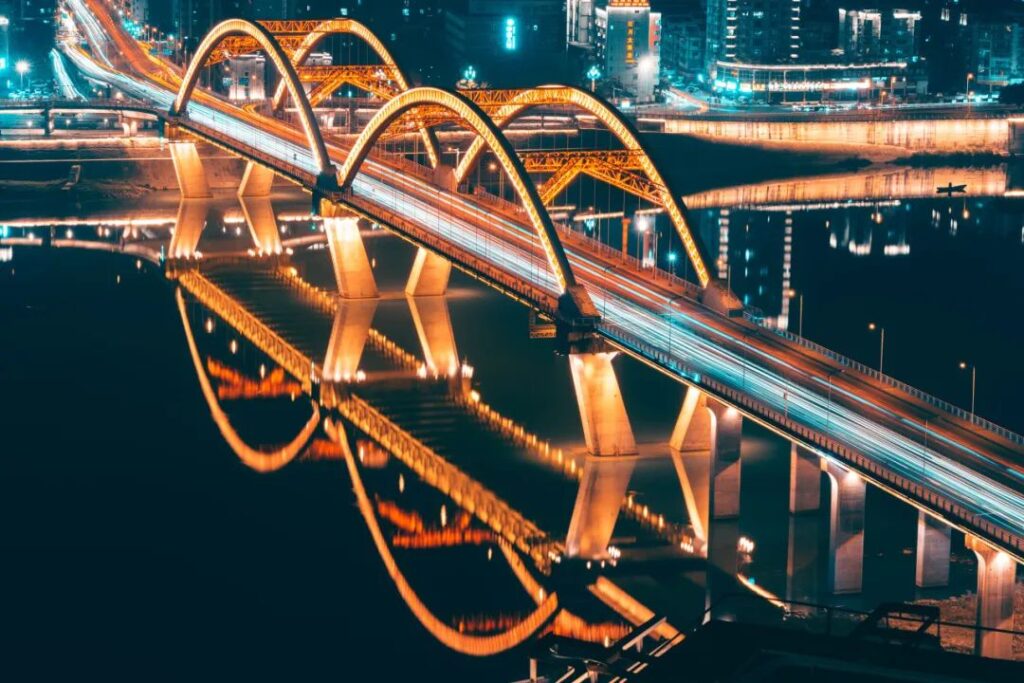
Today, let’s talk about Nanchong, a city located in the northeast of Sichuan province. It has Gaoping Airport and is only a little over an hour away from Chengdu and Chongqing by high-speed rail.
The city itself is surrounded by green hills and clear waters. You can hike Xishan, Qingquan Mountain, and Heming Mountain, where you’ll find ancient buildings and temples. Take a stroll along the Jialing River, and you’ll see vast parks and wetlands along the shore. Nanchong’s specialties, such as Nanchong rice noodles, Chuanbei cold noodles, and Guokui (a type of flatbread), are hard to find once you leave the city.
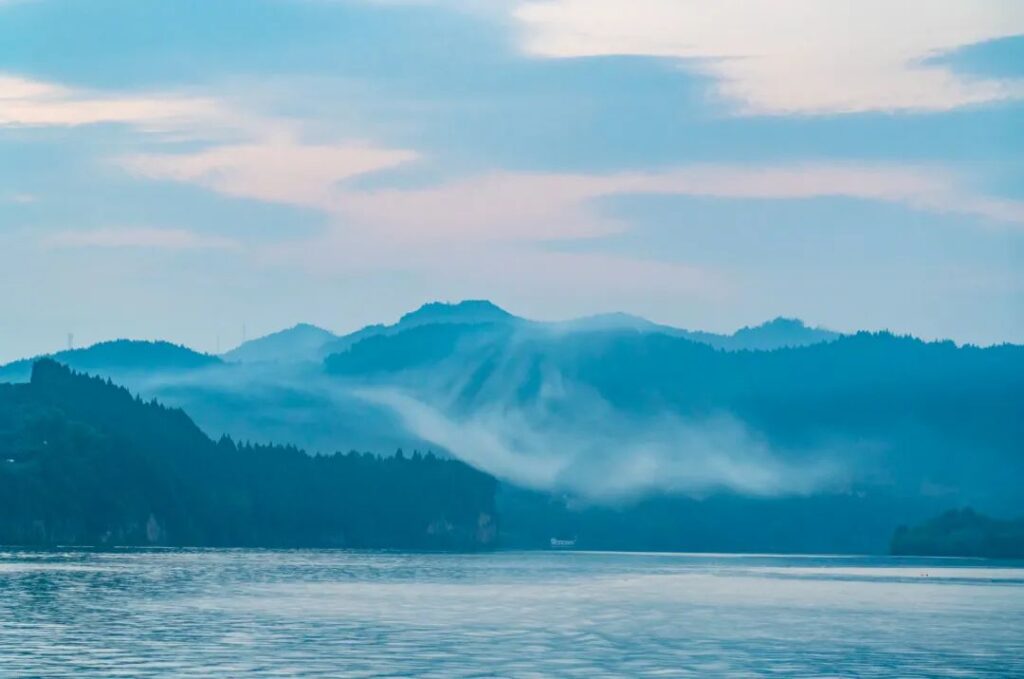
Although Nanchong doesn’t have the kind of wallpaper-worthy landscapes like those in western Sichuan, overall, it’s quite a hidden gem and a leisurely place. It can be an option for a day trip outside of Chengdu and Chongqing, or a comfortable weekend getaway.
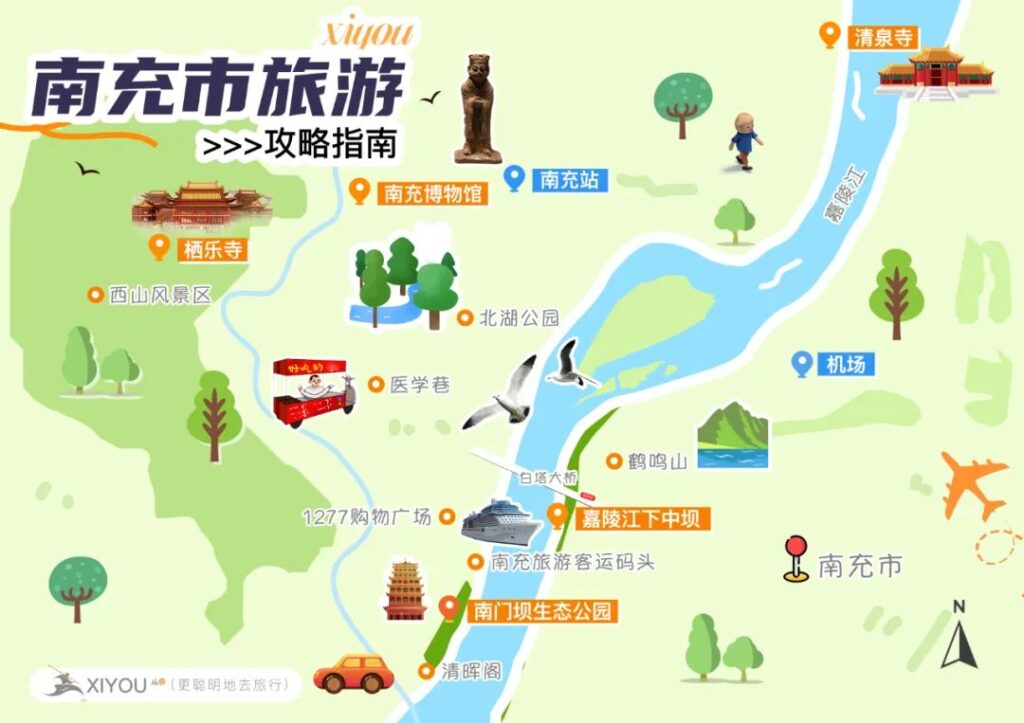
How to explore Nanchong?
Nanchong is the birthplace of Three Kingdoms culture and Spring Festival culture, and it has been known for its prosperous silk weaving industry since ancient times, earning the title of “China’s Silk Capital.”
The city is divided into east and west banks by the Jialing River. The west bank is the old city area, where most of the attractions and delicacies are concentrated. The east bank has been well-developed in recent years, offering a more leisurely environment.
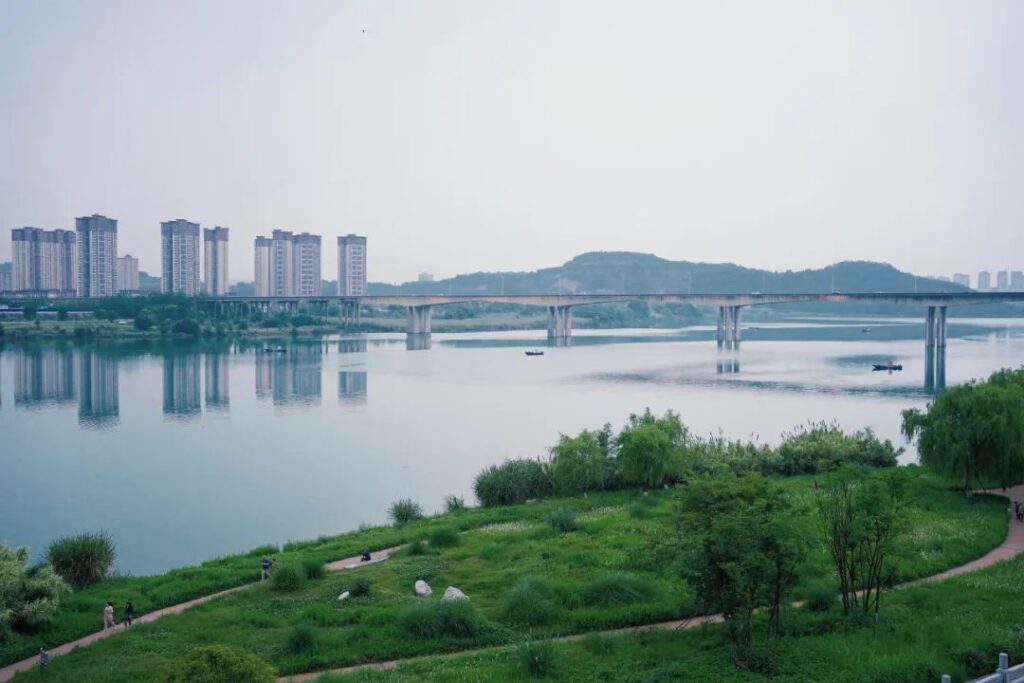
If you’re short on time, I recommend staying on the west bank and choosing accommodation near the train station. For a more relaxed trip, you can book your stay at the Hyatt Place on the east bank, which is new and offers great views.
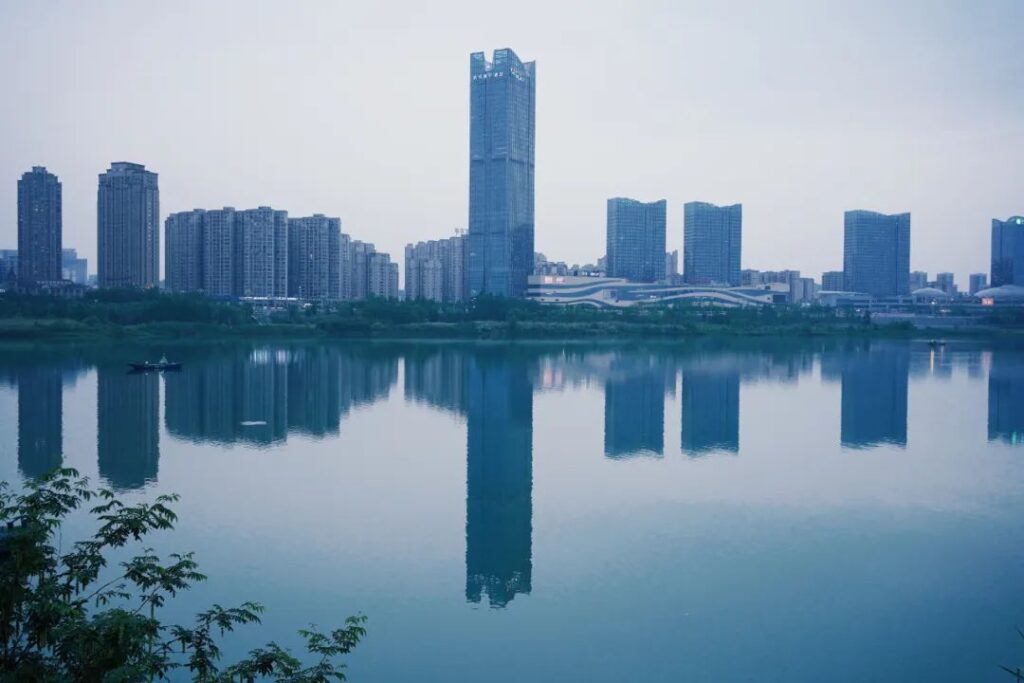
Nanchong Museum
⏰: 9:00-17:00 (last entry at 16:30, closed on Mondays)
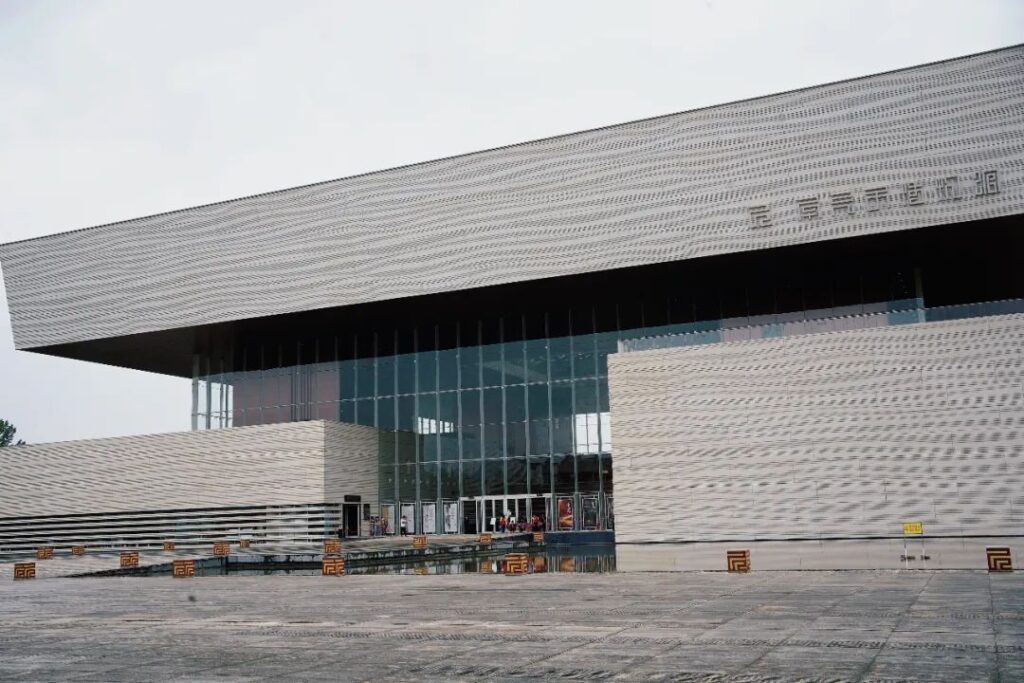
The Nanchong Museum just started its trial operation in February this year and is the largest municipal museum in Sichuan Province.
New is always better. The design is top-notch, and the actual experience is impressive!
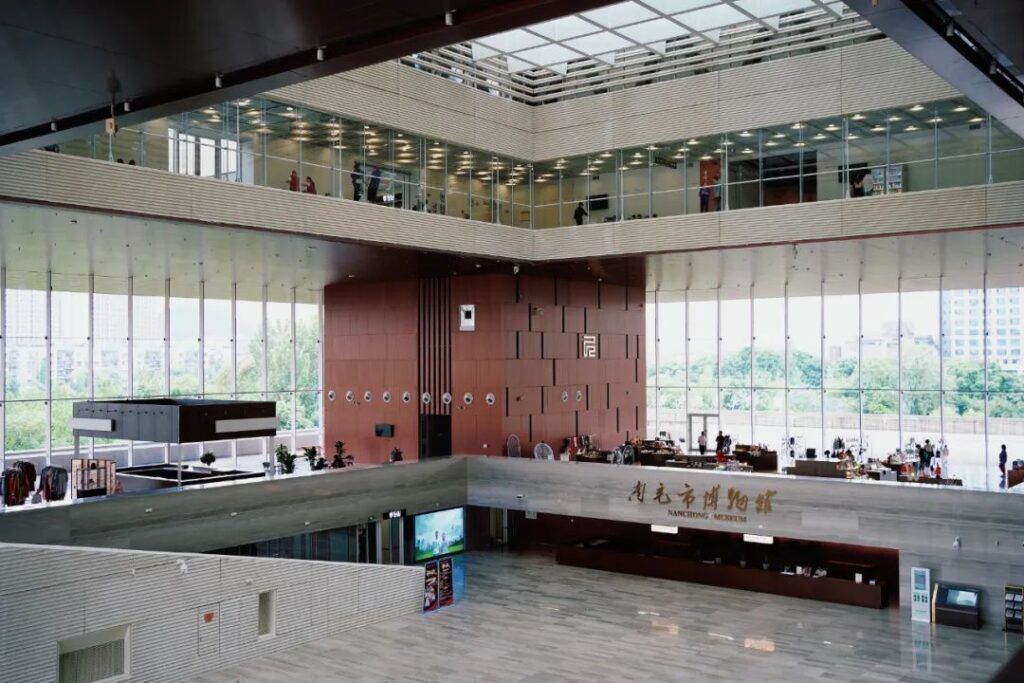
For example, the lighting and shadows are not too obvious, and the glass doesn’t reflect much, making the exhibits very clear to see. The last museum that gave me such a good impression was the newly opened East Branch of the Shanghai Museum. The hardware of the Nanchong Museum is definitely on par with that of first-tier cities.
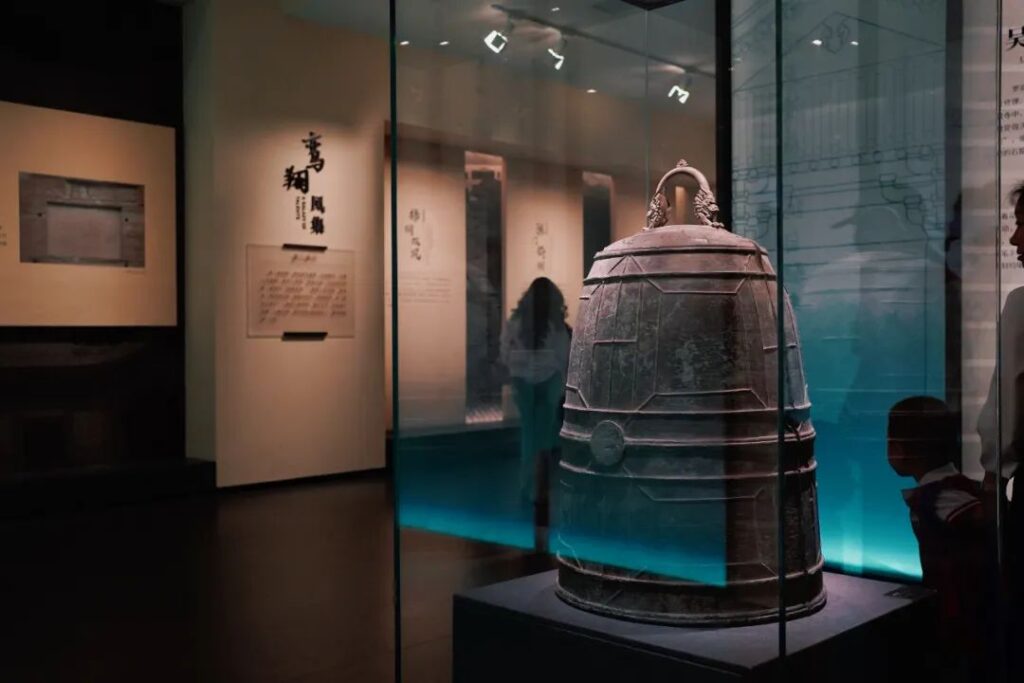

Moreover, the exhibition forms are very engaging, not limited to artifacts and text. Contents that are difficult to present with physical objects, such as the Three Kingdoms culture and historical stories, are vividly presented using digital content and on-site scenes.
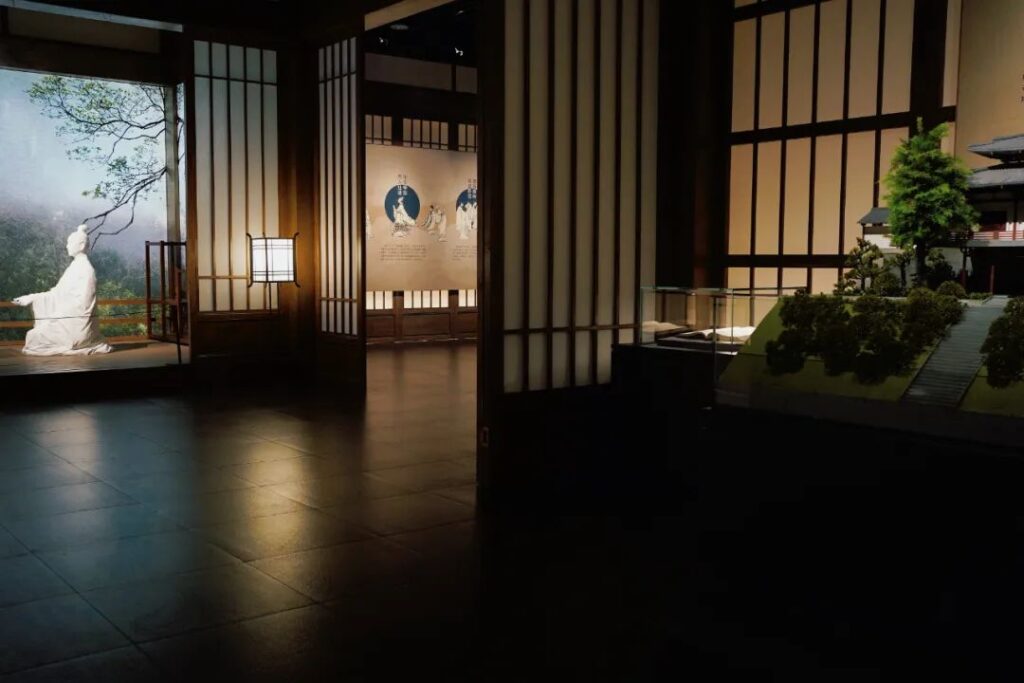
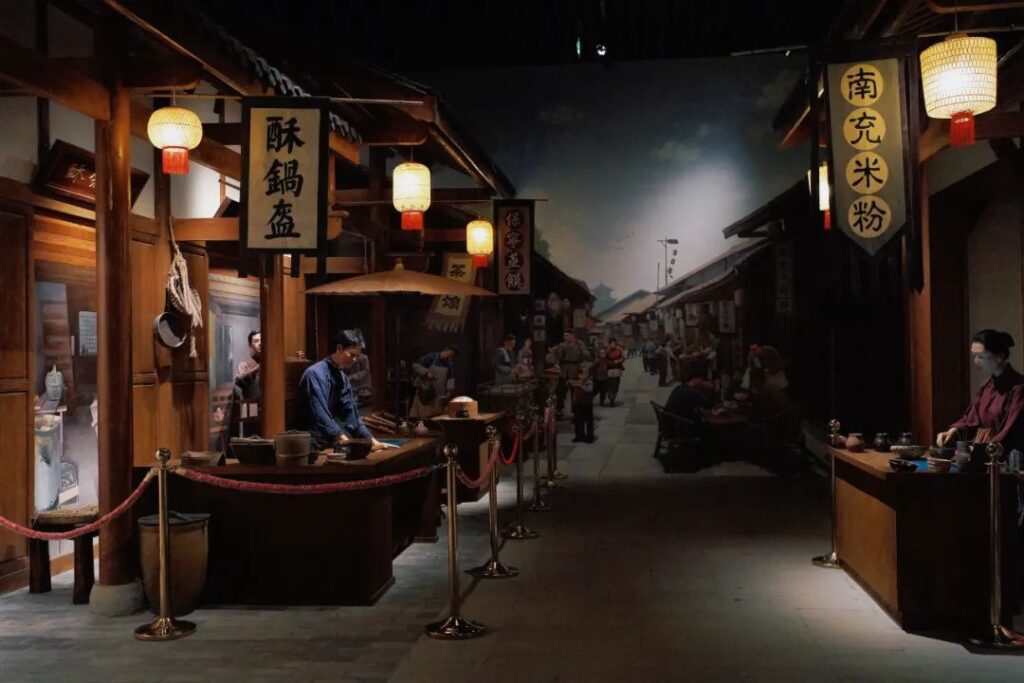
Even without a guided tour, you can immediately grasp the content that the Nanchong Museum wants to express. This is what makes a good museum.
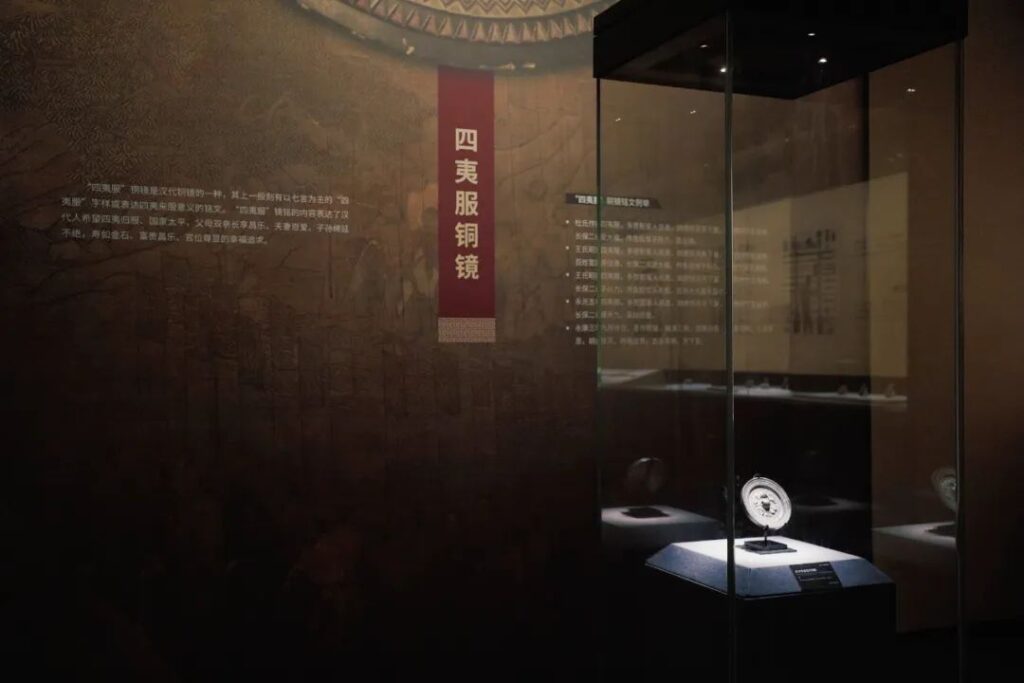
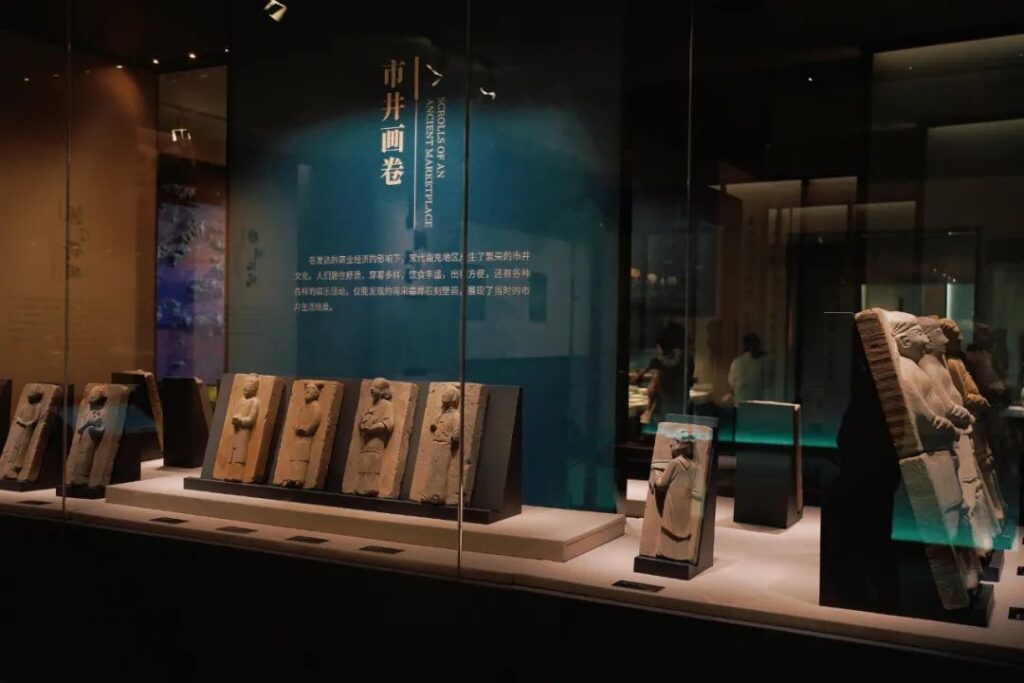
The museum has a total of 4 floors, with the formal tour starting from the 2nd floor. The “Jialing Song” on the 2nd and 3rd floors tells the history of Nanchong.
The 4th floor features 4 special exhibitions: Three Kingdoms Culture (Chen Shou’s “Records of the Three Kingdoms” and Zhang Fei’s defense of Langzhong), local specialties (architecture, life, food, entertainment, etc.), silk capital culture, and the history of the War of Resistance.

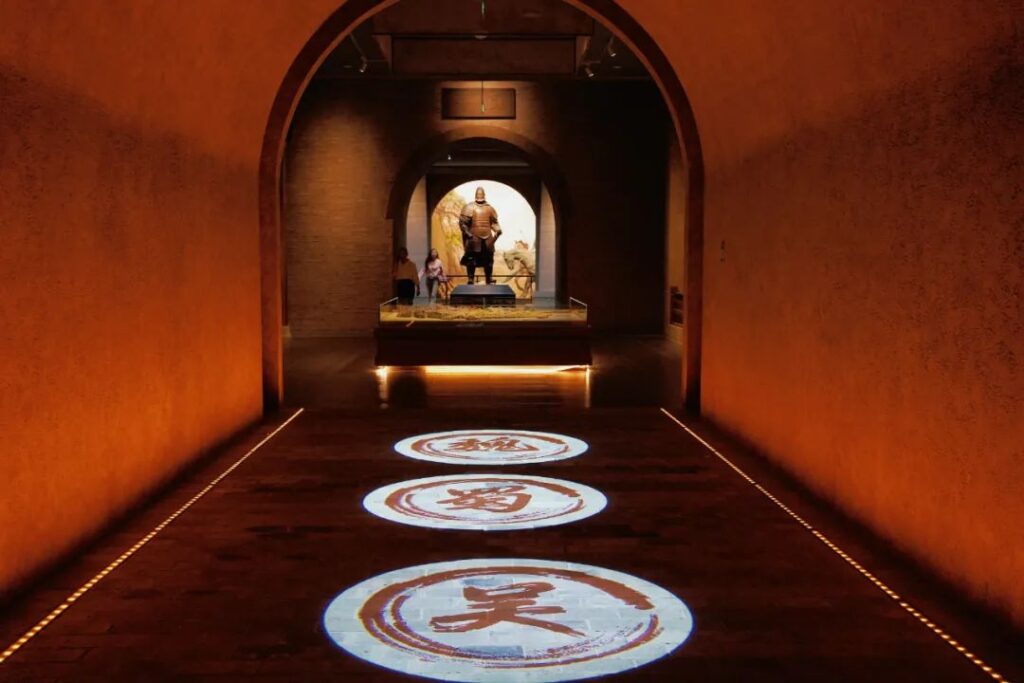
The bronze wares in the Nanchong Museum are mostly weapons, because during the Spring and Autumn and Warring States periods, the Ba people migrated to eastern Sichuan and Chongqing to establish the Ba state. The Ba people were martial and their entire history was related to war.
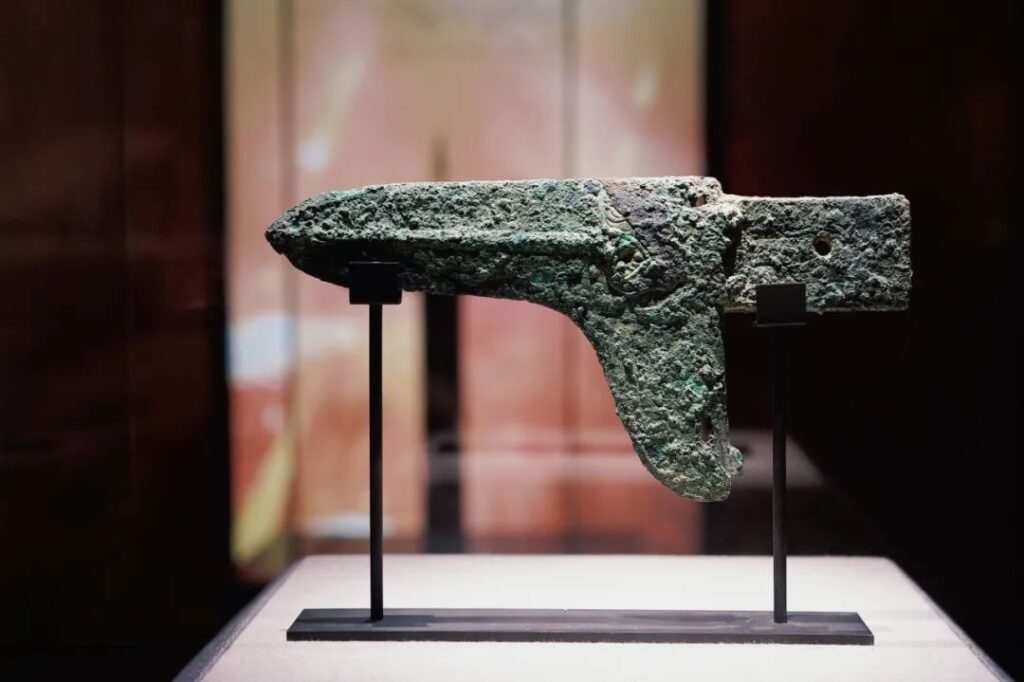
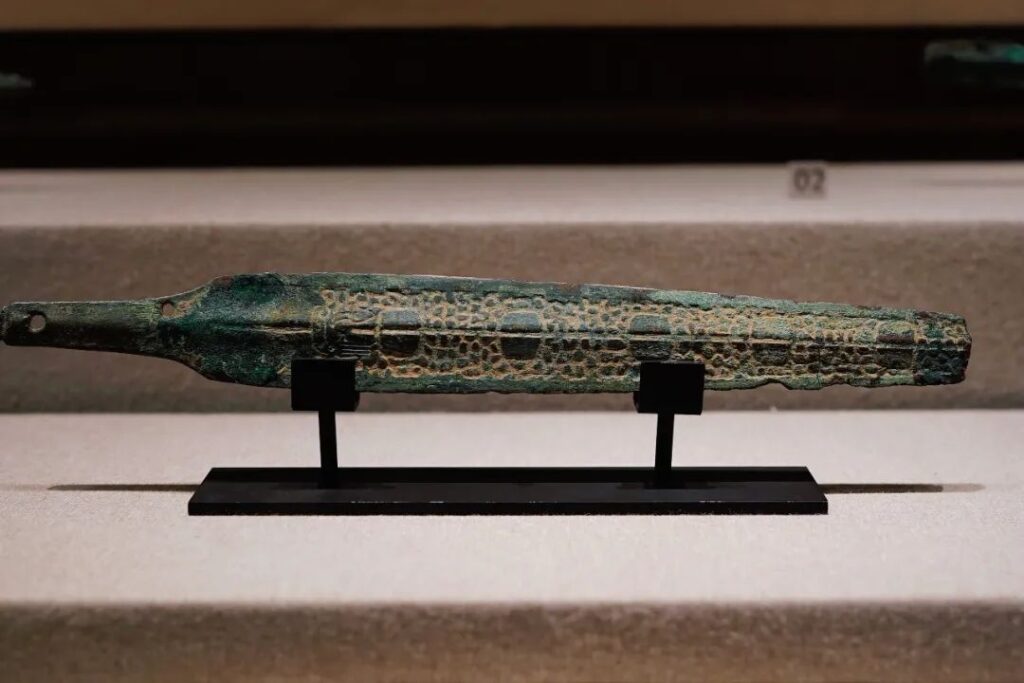
There are free guided tours here every day at 14:30, so try to catch one if time permits.
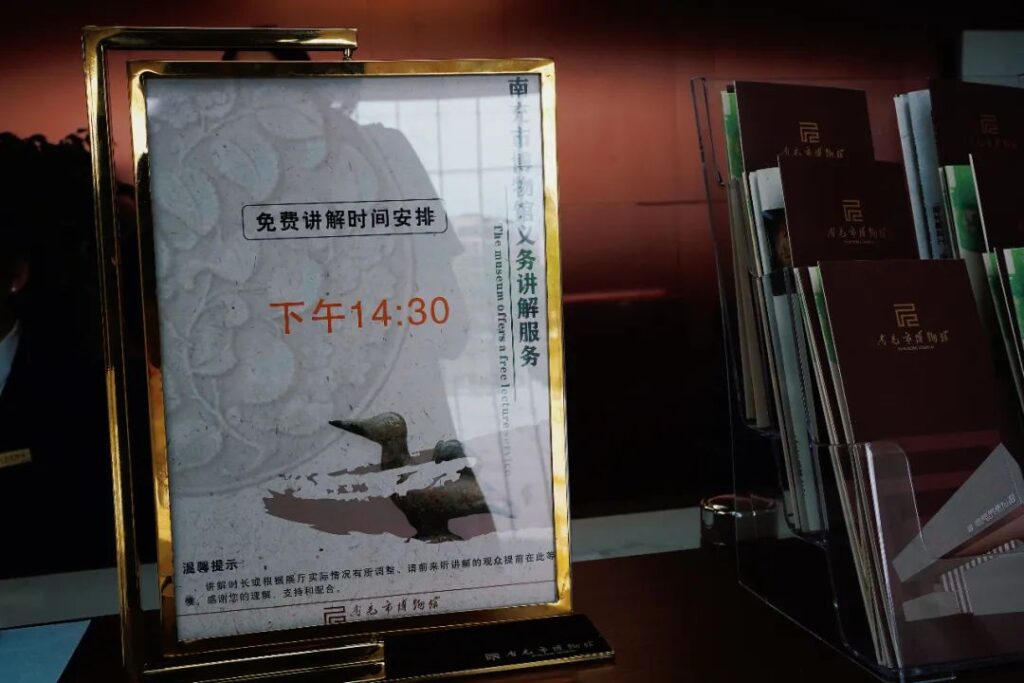
I suggest putting the museum as your first stop. Through one museum, you can understand a city’s past and present, and after visiting, you’ll know what to see and eat. For me, it’s like a travel guide.
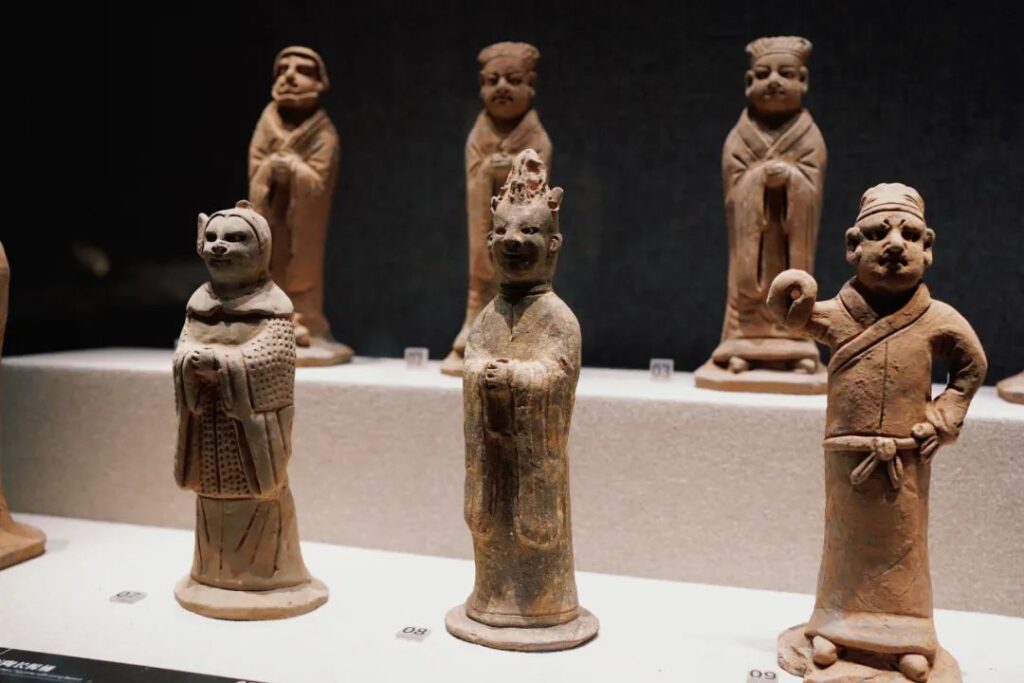
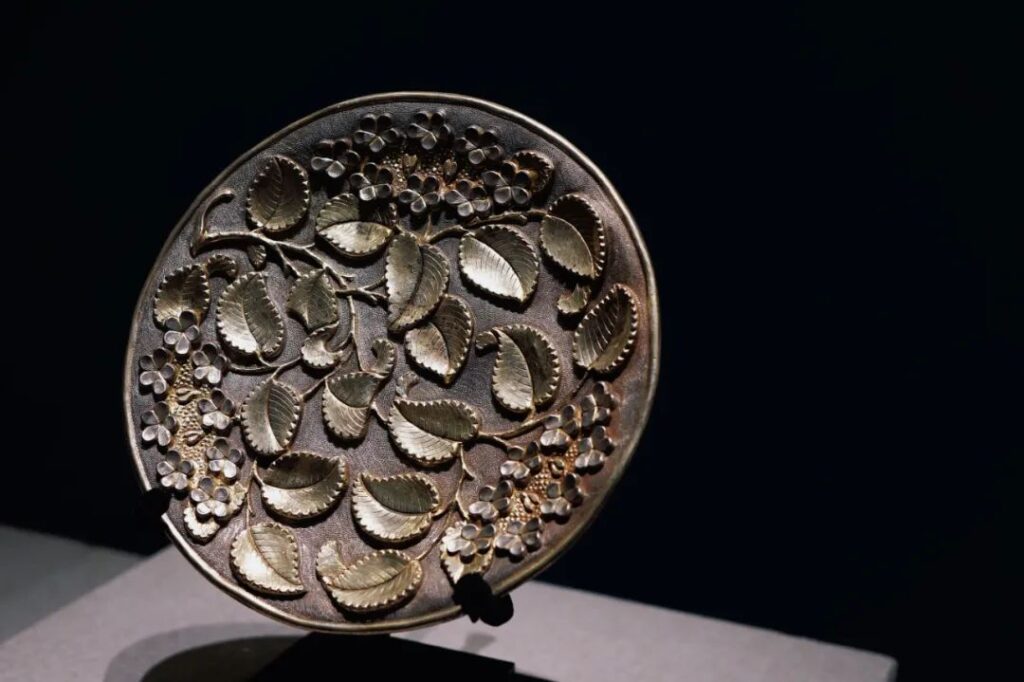
Originally, I had little interest in Qingquan Temple and Qile Temple, but after learning in the museum that these two temples were founded in the Tang and Song dynasties and are thousand-year-old ancient temples, I immediately scheduled a visit for the next day!
This museum has few visitors, making it very comfortable to tour. The entire visit takes about 2 hours.

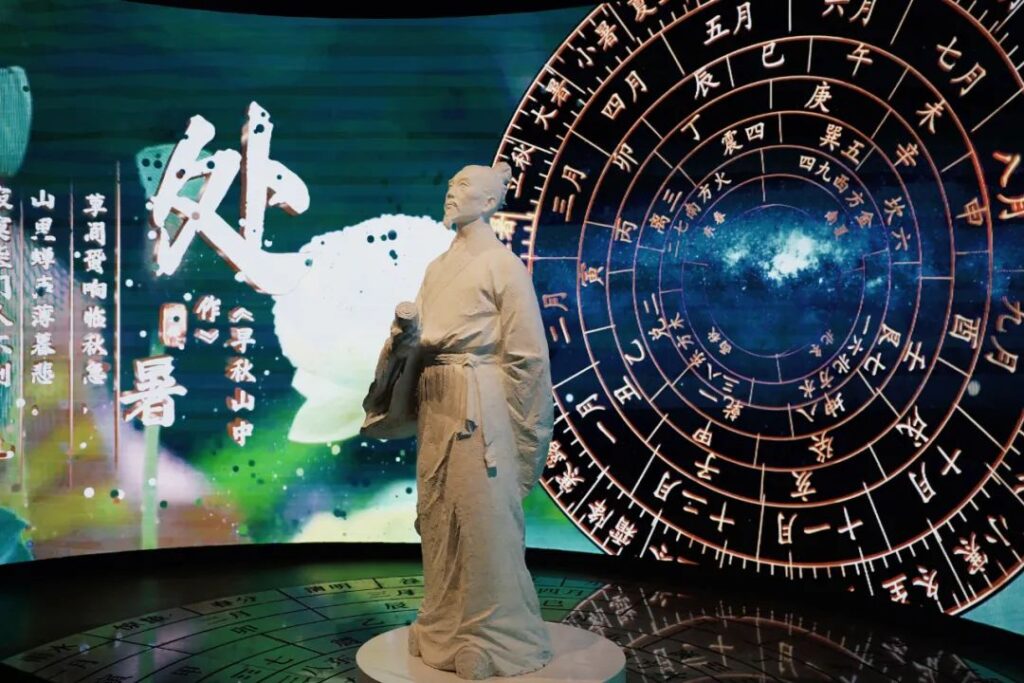
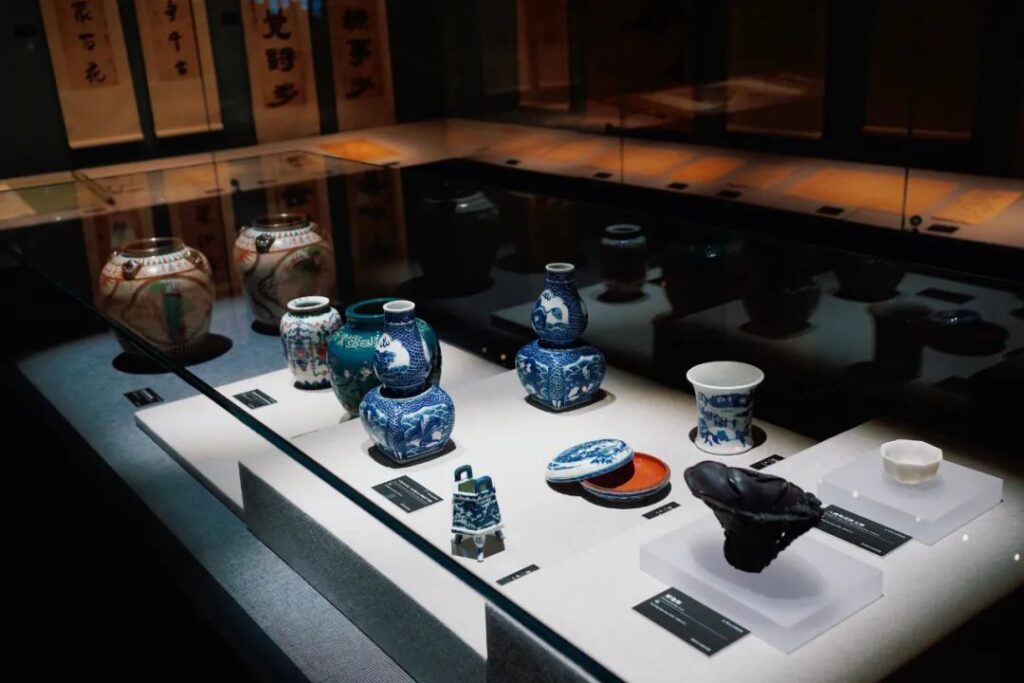
The Nanchong Museum also offers costume rental services, which they probably learned from Luoyang. The fees are reasonable. However, costume rental is quite dependent on the atmosphere. After all, Luoyang is full of automatic NPCs, while Nanchong still lacks a bit in that regard.
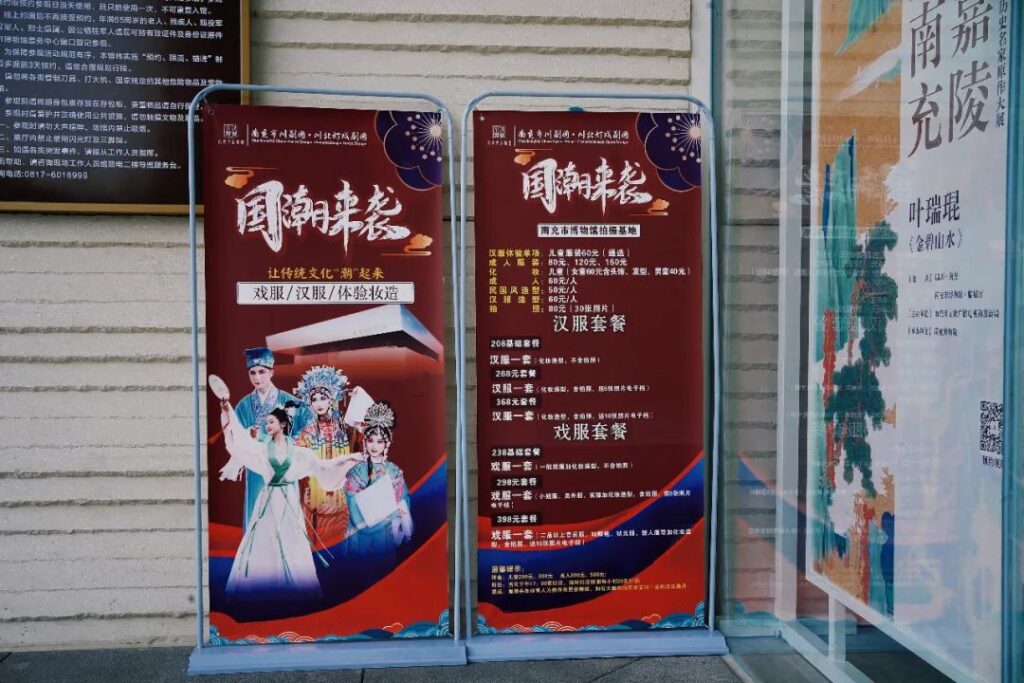
The cultural and creative products at the Nanchong Museum have a rather simple style, with fridge magnets selling for only 15 yuan.
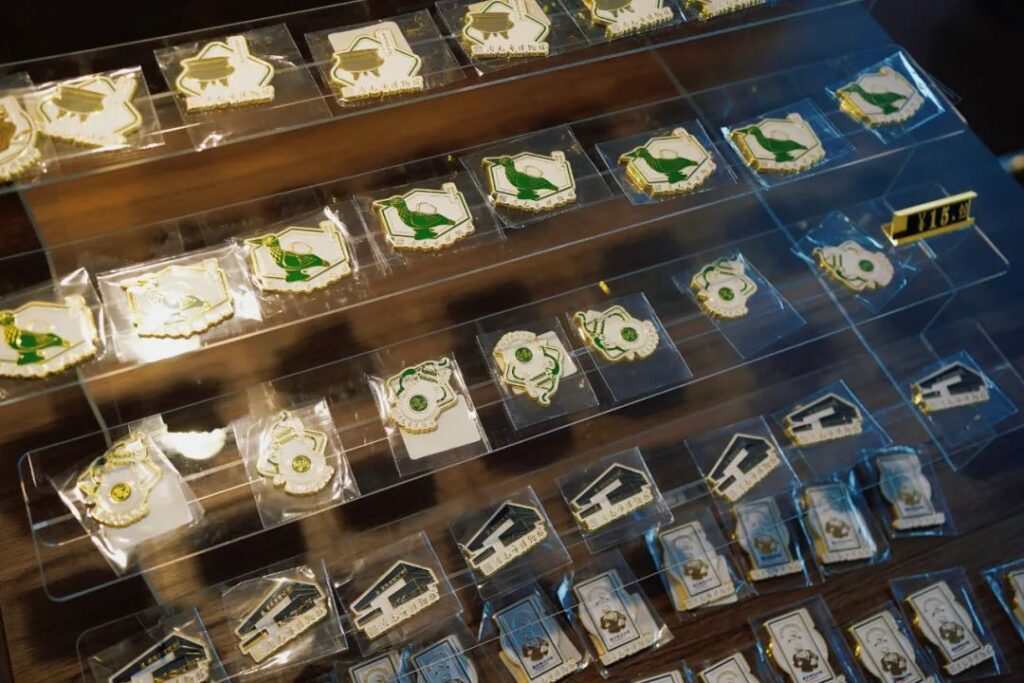
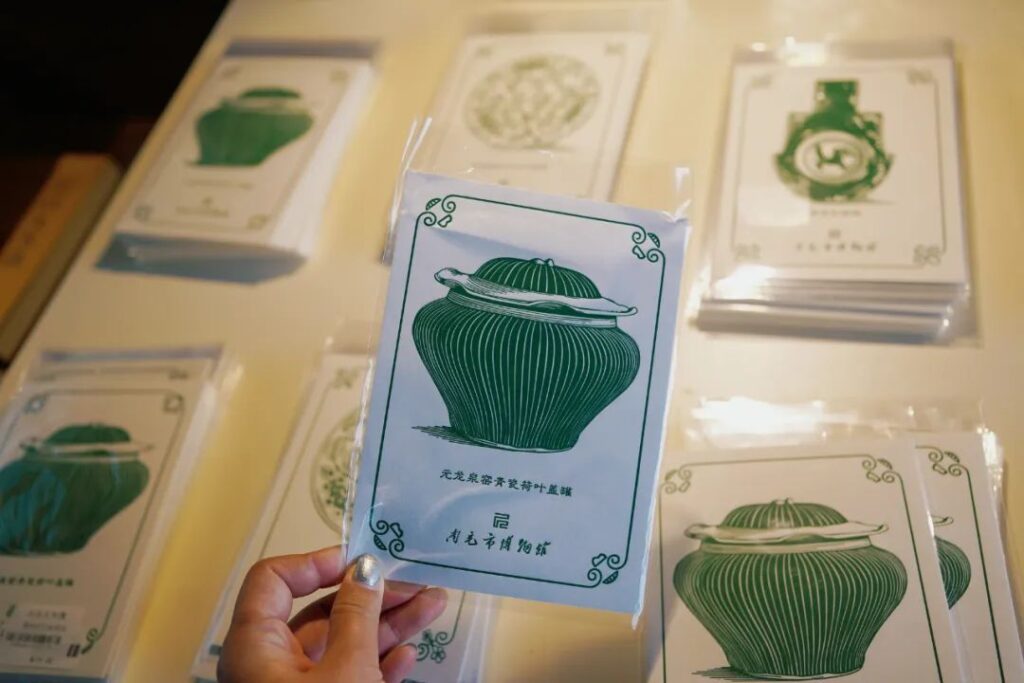
Temples in the Mountains
Xishan is close to the city and is divided into three scenic areas: Qile Mountain, Kaihan Tower, and Wanjuan Tower. Kaihan Tower is free, while Qile Mountain and Wanjuan Tower require separate tickets.

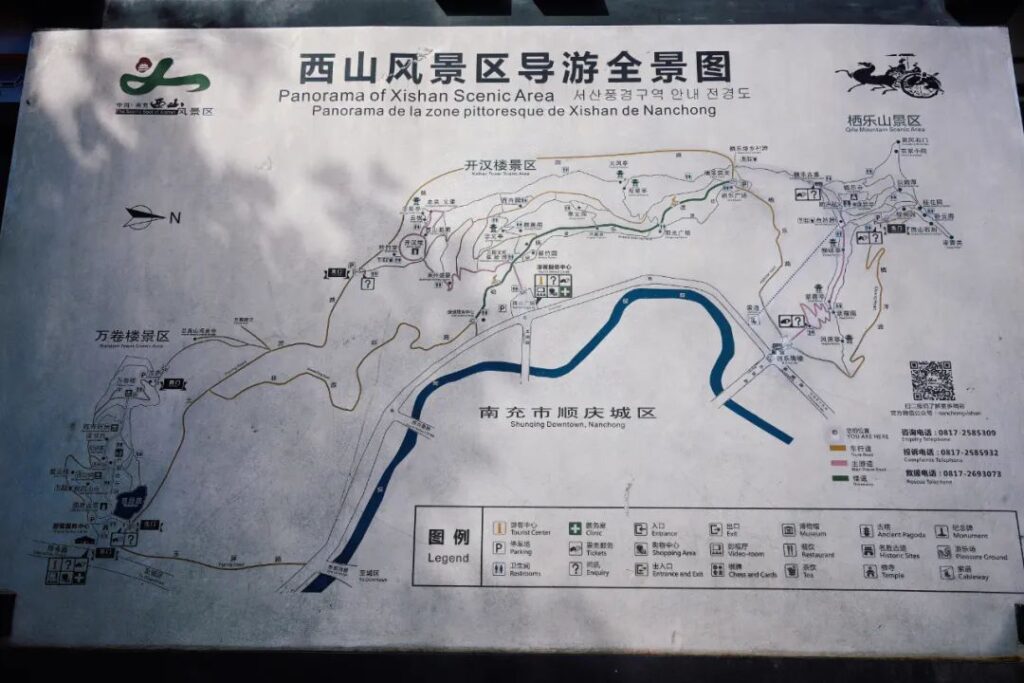
The most essential part is Qile Mountain, where Qile Temple is located (open from 8:30-18:00).
Qile Temple is a famous temple in northern Sichuan. It was first built in the Tang Dynasty and was rebuilt and restored in 1999.
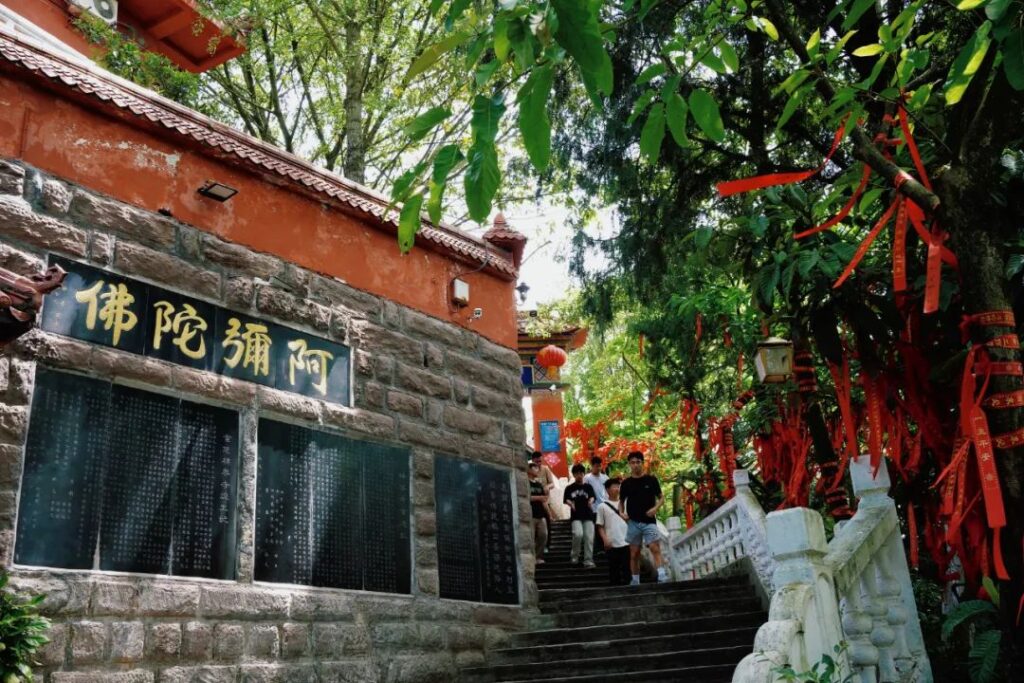
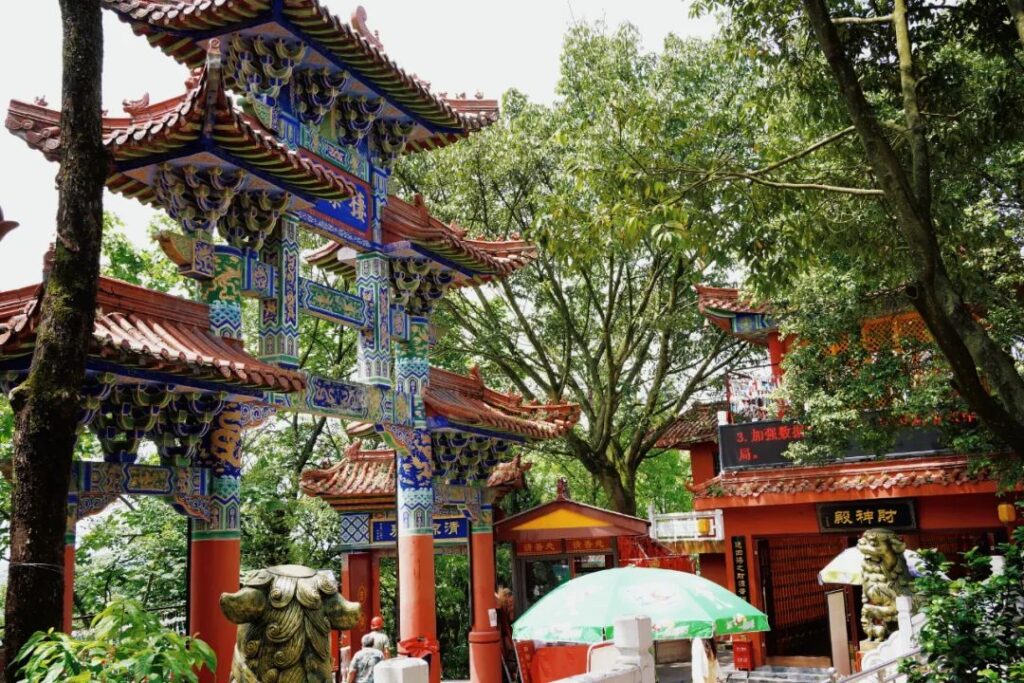
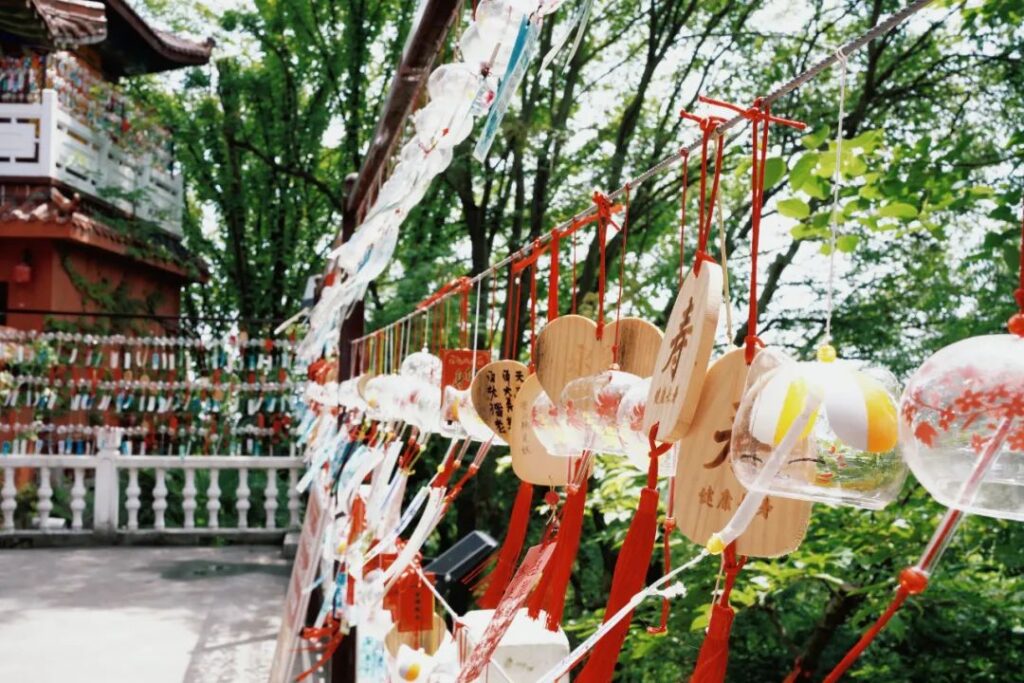
If you don’t want to hike, you can take the cable car. This cable car has an exposed frame, with your feet hanging in the air, allowing direct viewing of the scenery. Fortunately, the speed is quite slow, so it’s not too scary.
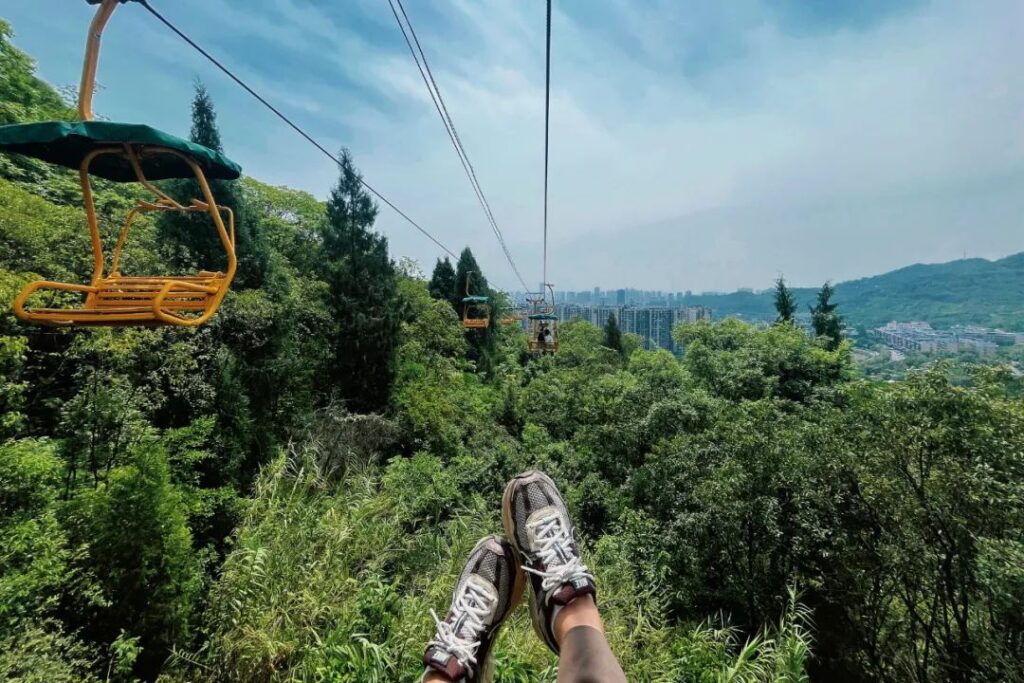
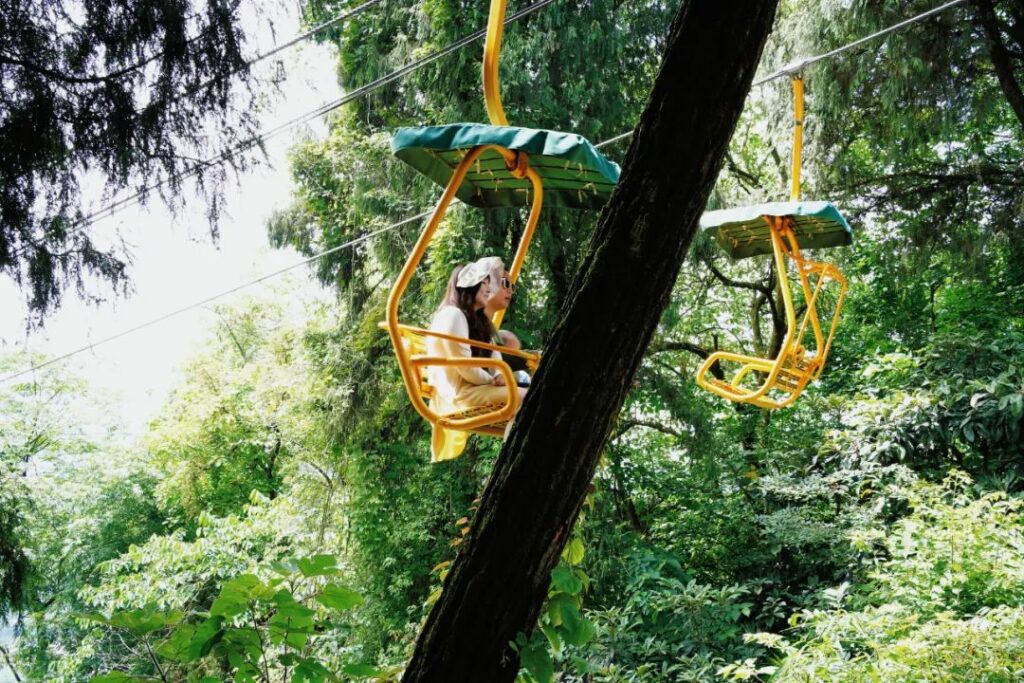
To hike up Qile Mountain normally, you need to buy a 5 yuan ticket at the ticket office first. If you take the cable car, you don’t need to buy a ticket to go up the mountain.
The ticket office and the cable car station are not in the same place. To hike, navigate to “Xishan East Gate,” and to take the cable car, navigate to “Xishan Cable Car.”
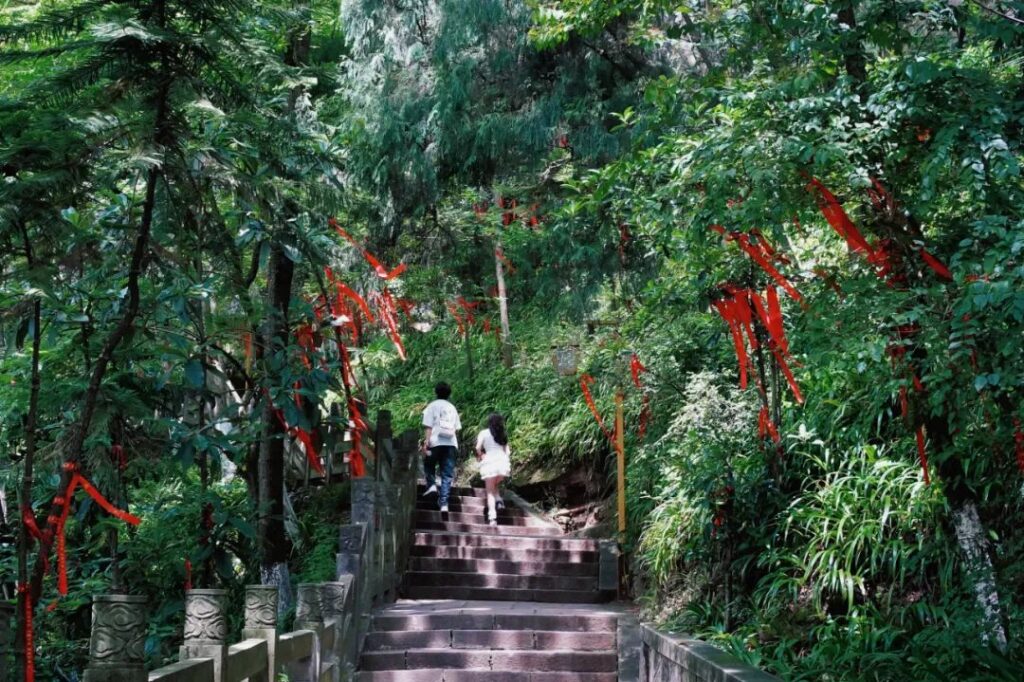
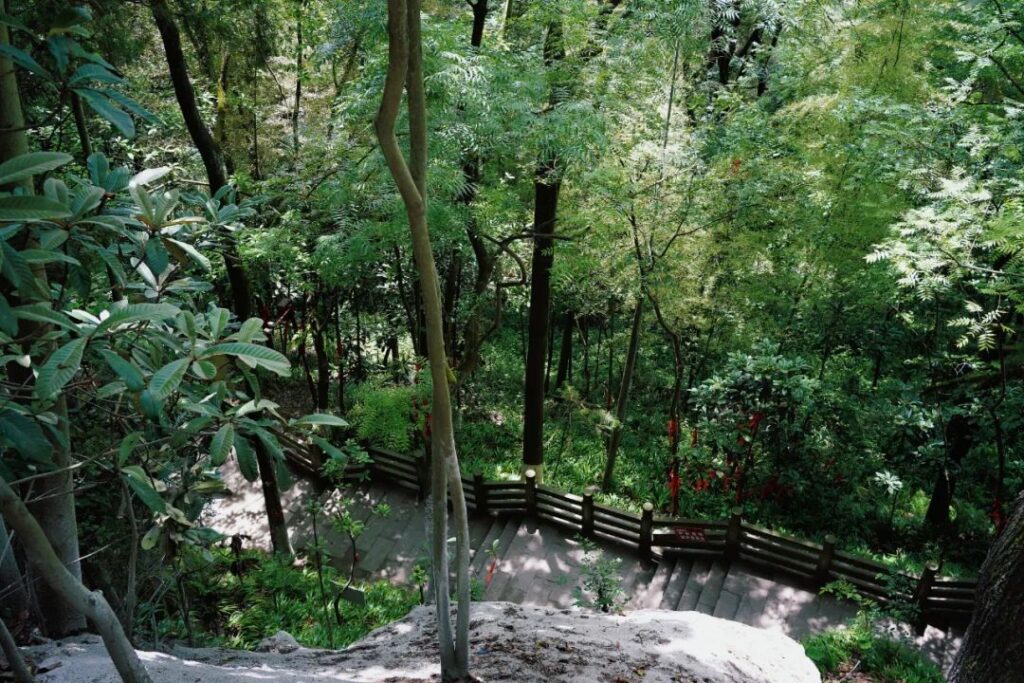
The view and scenery from the cable car will be better when going down the mountain. I recommend hiking up the mountain and taking the cable car down. The uphill cable car is more expensive than the downhill one, but the ticket price is actually included.
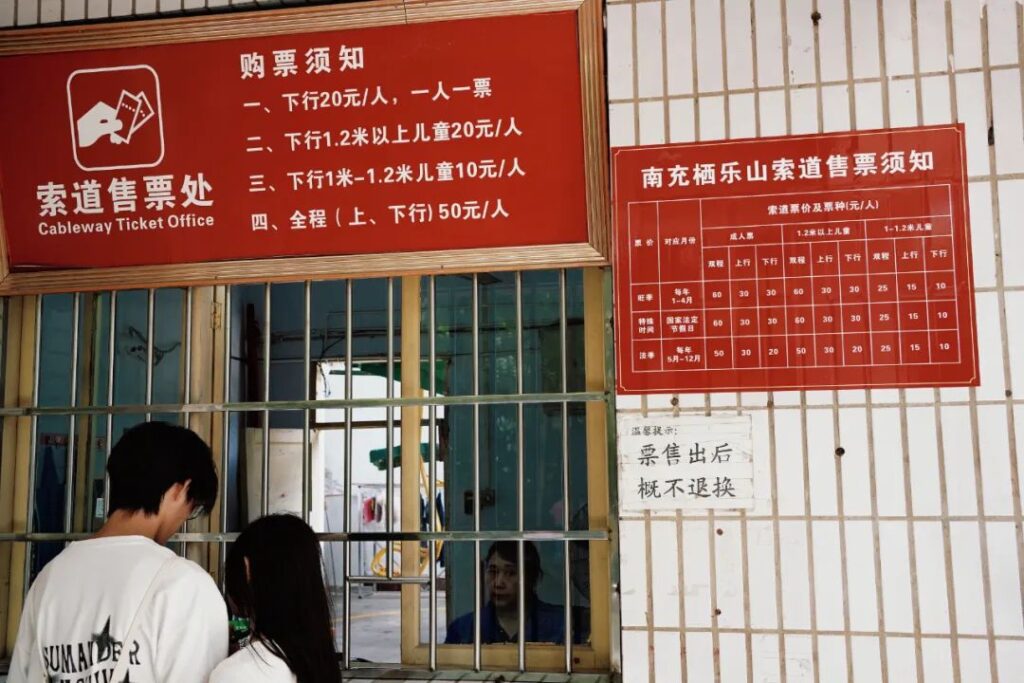
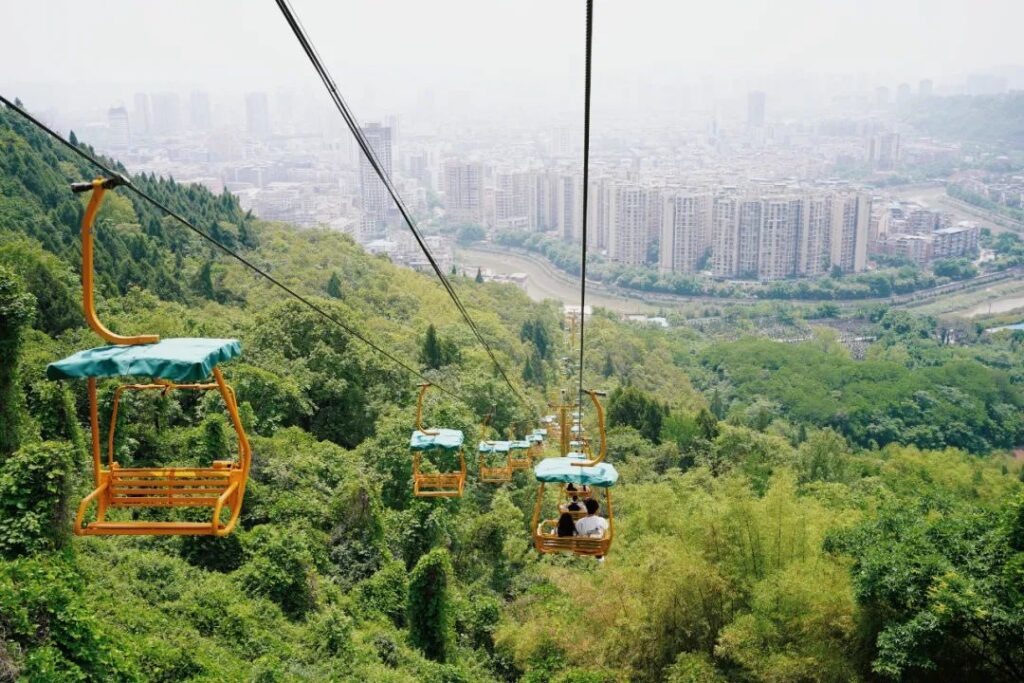
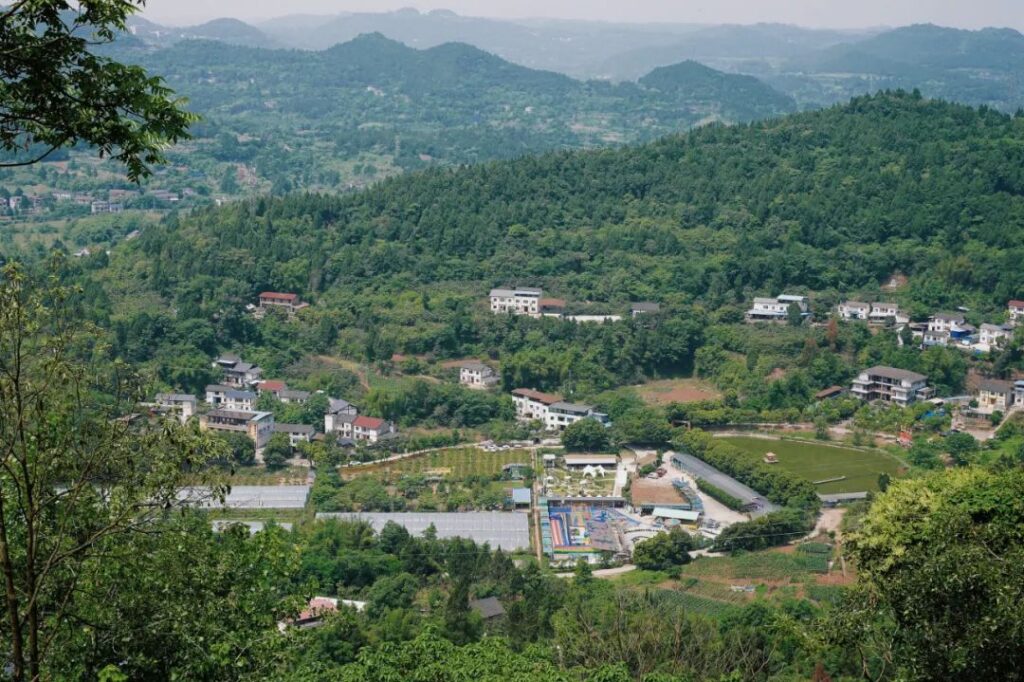
Qingquan Temple Park is a bit further away (no entrance fee, open from 8:30-17:00), but Nanchong is not big, so it’s about a 7-kilometer taxi ride from the city center.
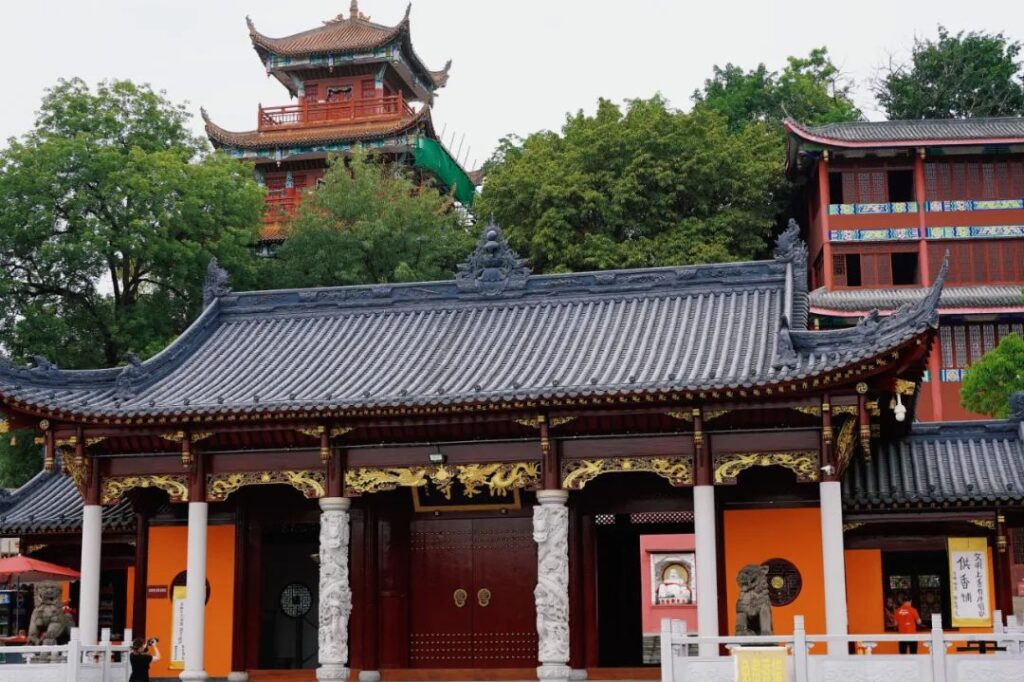
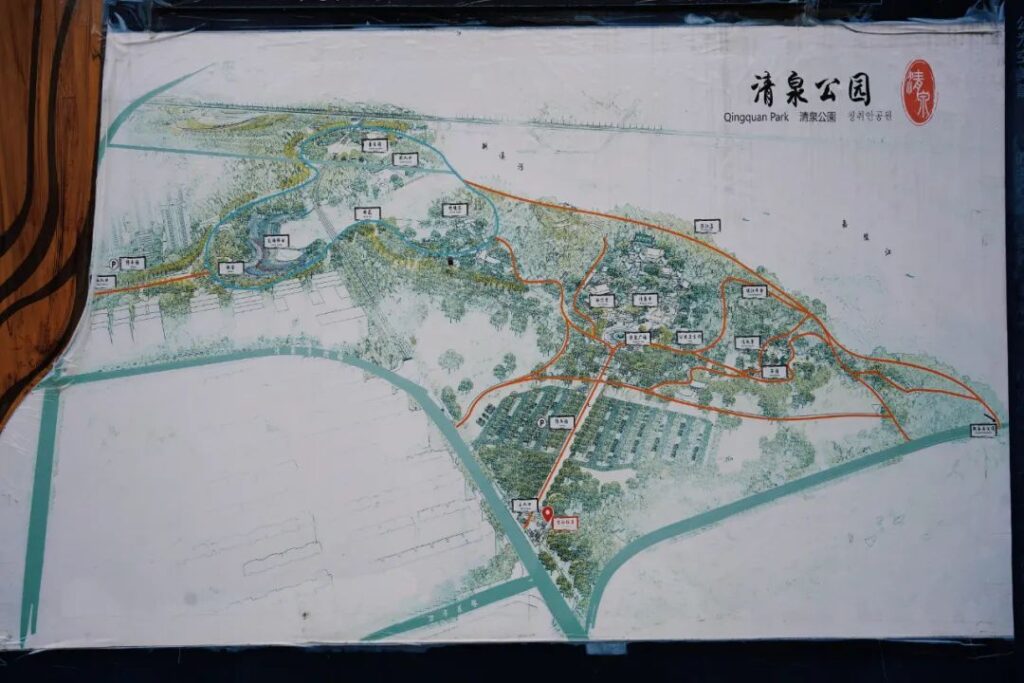
Qingquan Temple Park has two adjacent temples: Qingquan Temple and Xizhu Temple.
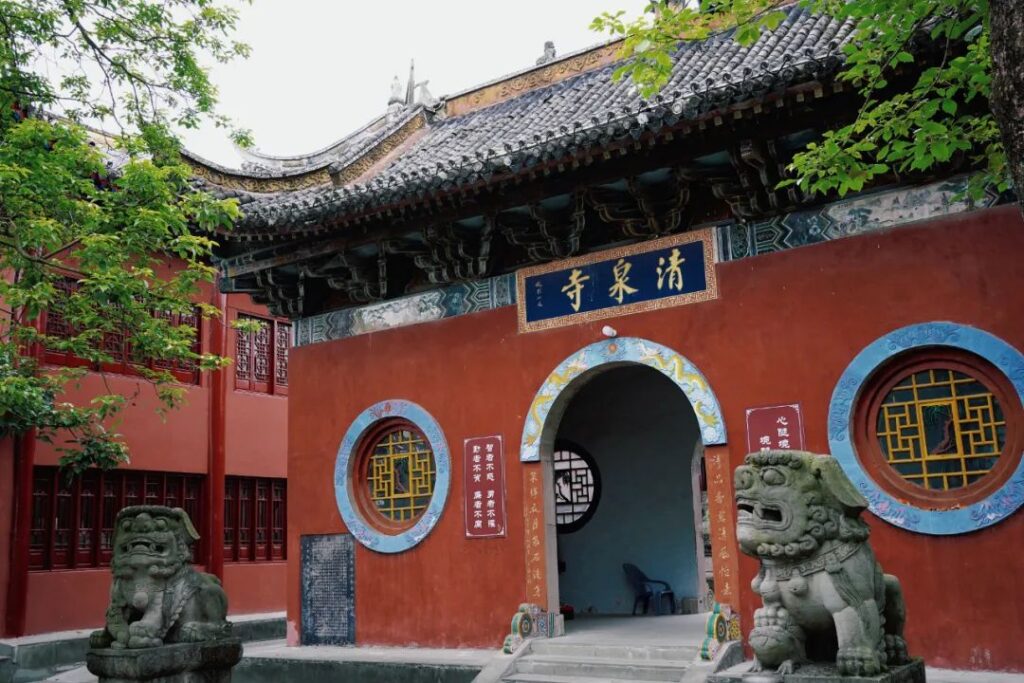

Qingquan Temple is very popular, first built in the Tang Dynasty and reaching its peak in the Song Dynasty. Like Qile Temple, it was rebuilt in modern times for well-known reasons.
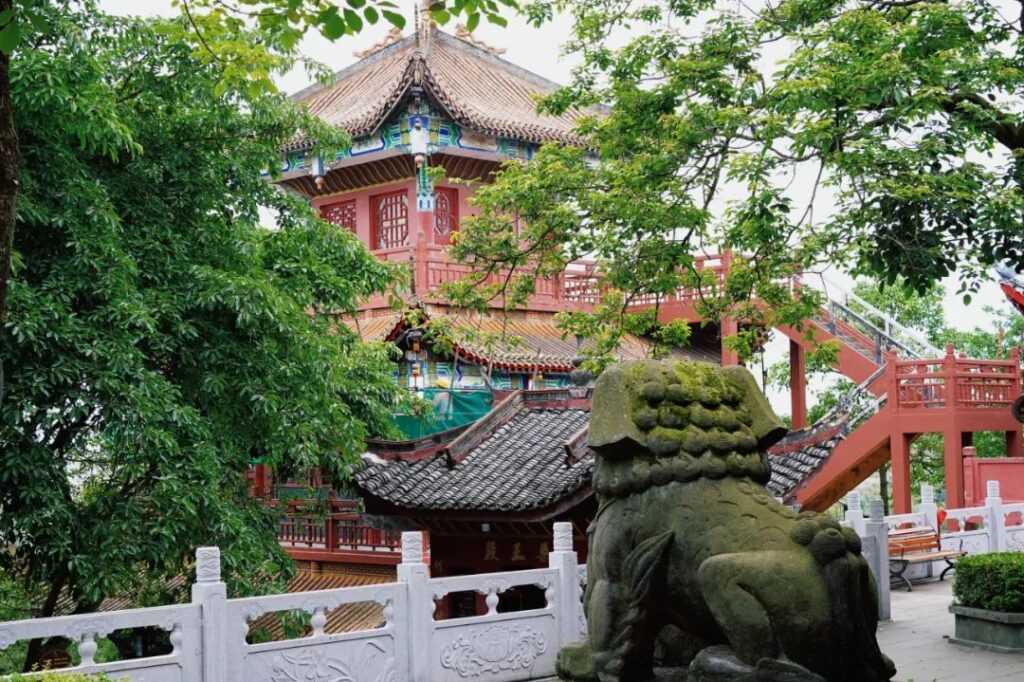
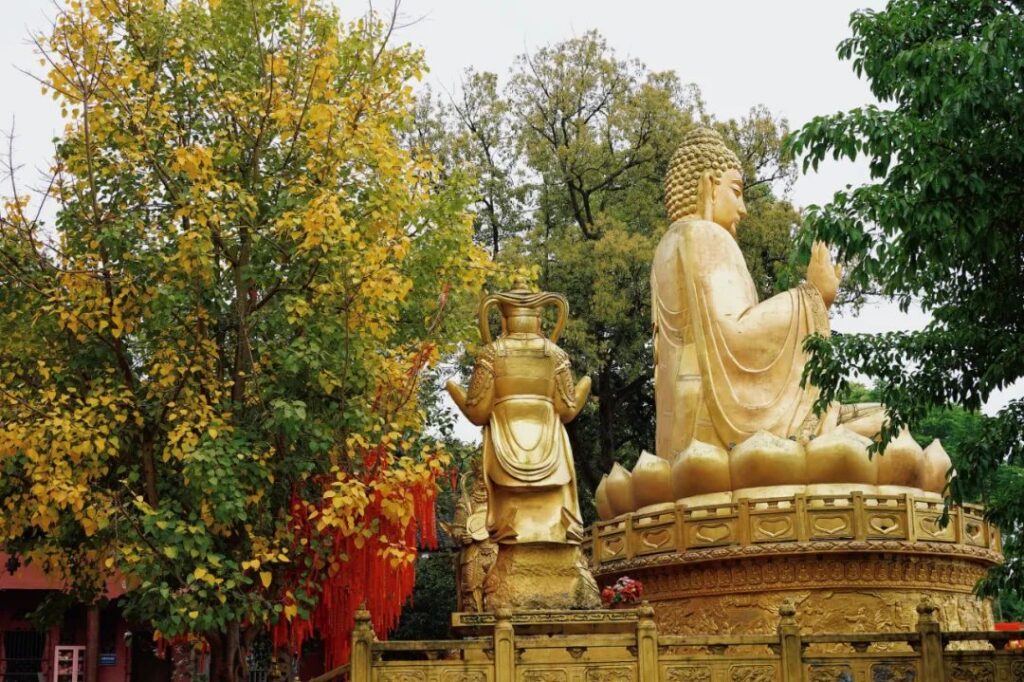
Xizhu Temple was originally a side hall of Qingquan Temple, but now the two temples are quite different in function and style.
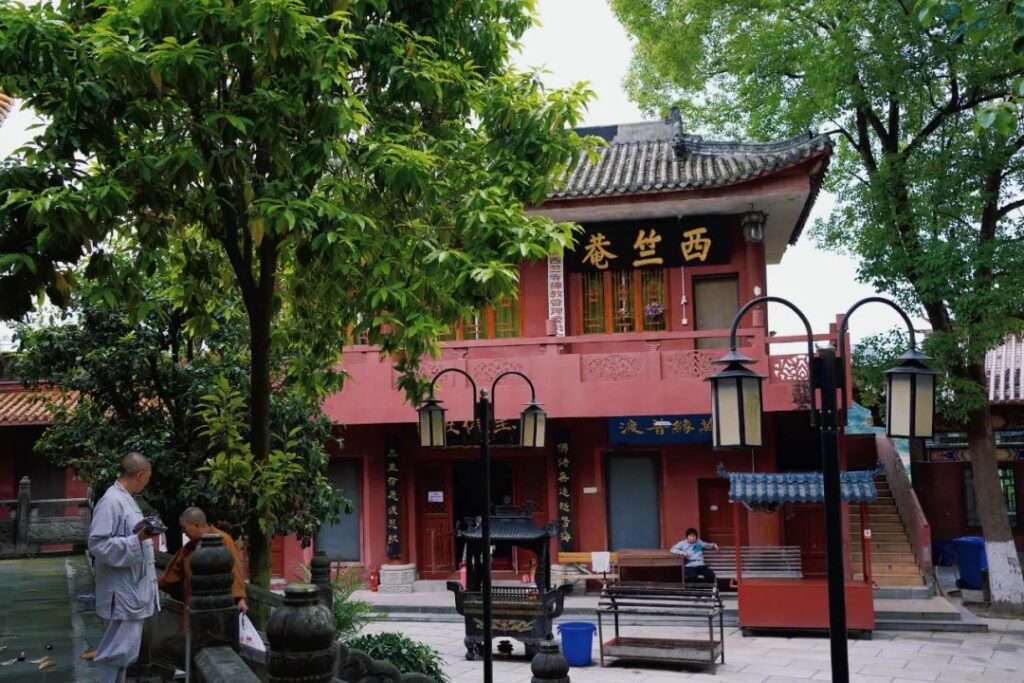
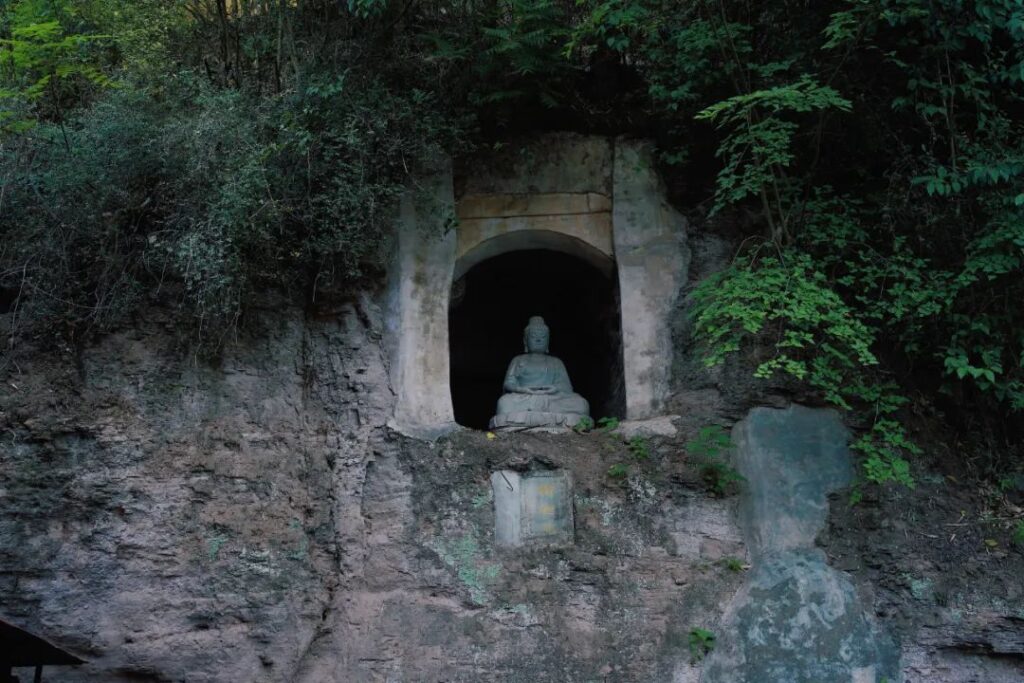
For example, Qingquan Temple is more majestic, while Xizhu Temple has more winding paths leading to secluded spots. Qingquan Temple is a temple for monks, while Xizhu Temple is a nunnery.
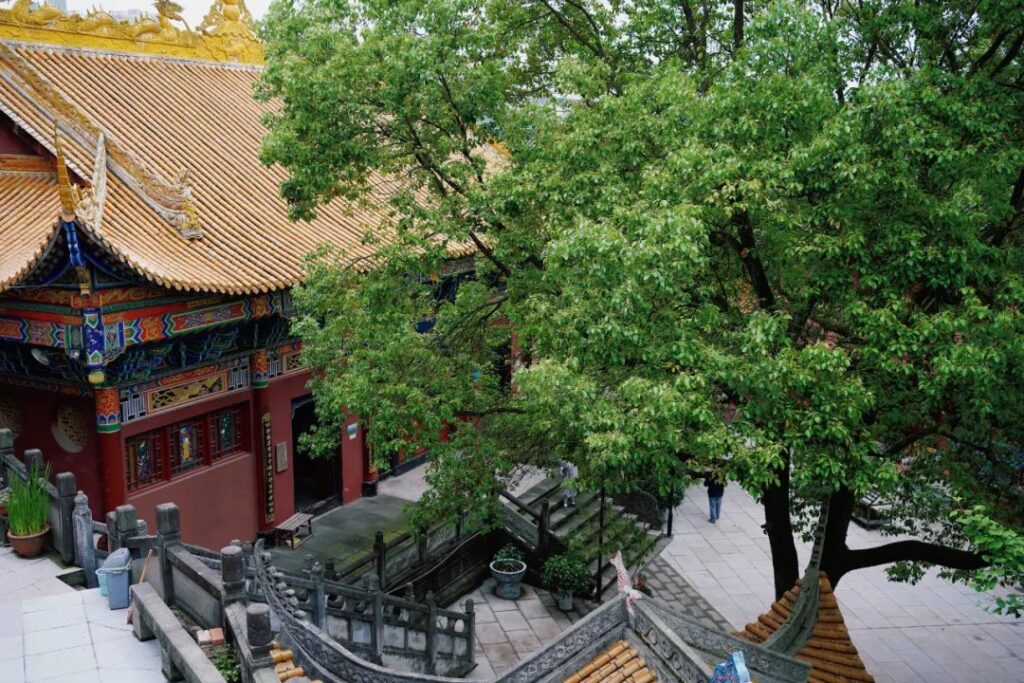
These two temples are home to many monks and nuns, and there is a strong sense of life within the temples, with vegetable and fruit gardens, well-tended flower gardens, and cats and dogs being cared for.
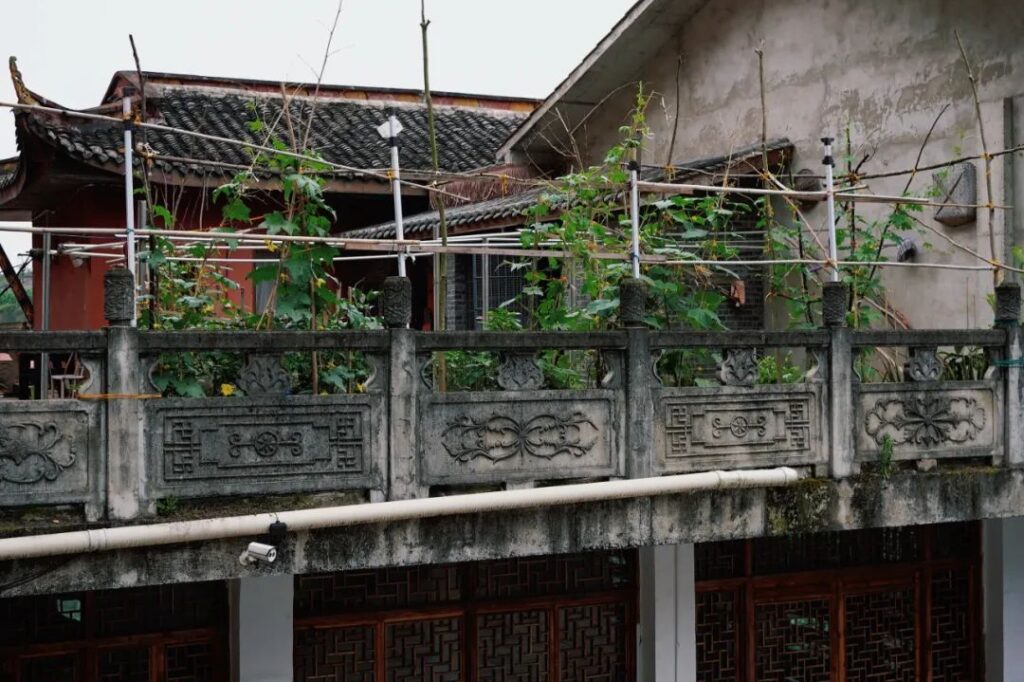
When I went, Xizhu Temple was undergoing repairs, and the nuns were all working together.
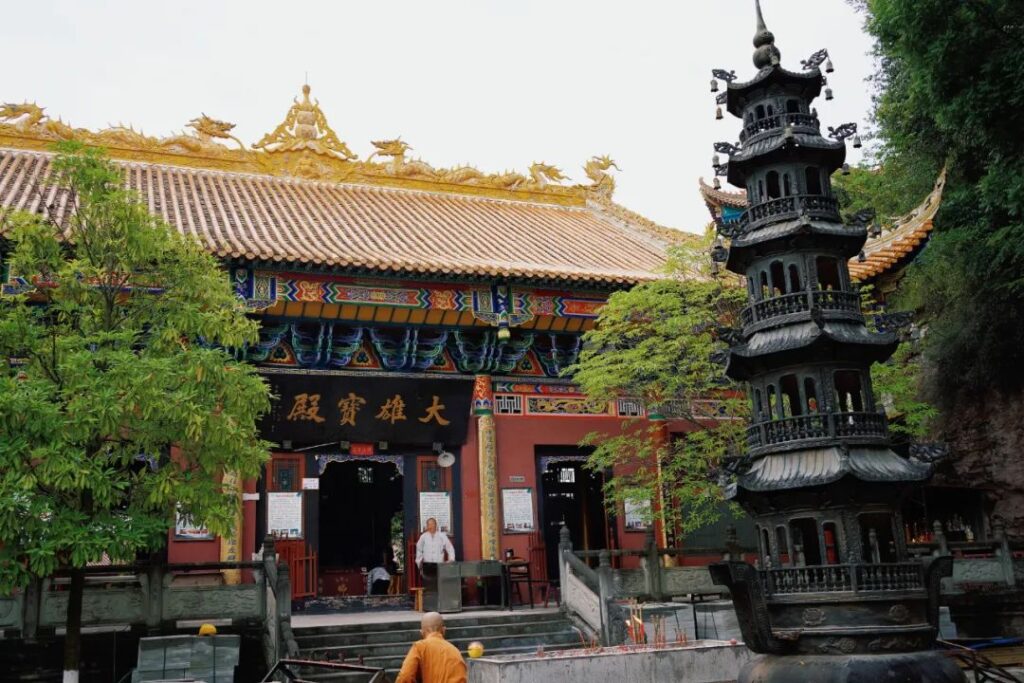
Both Qile Temple and Qingquan Temple offer high vantage points for viewing the surrounding scenery. Qile Temple overlooks the mountain scenery of Nanchong, while Qingquan Temple offers views of the Jialing River.
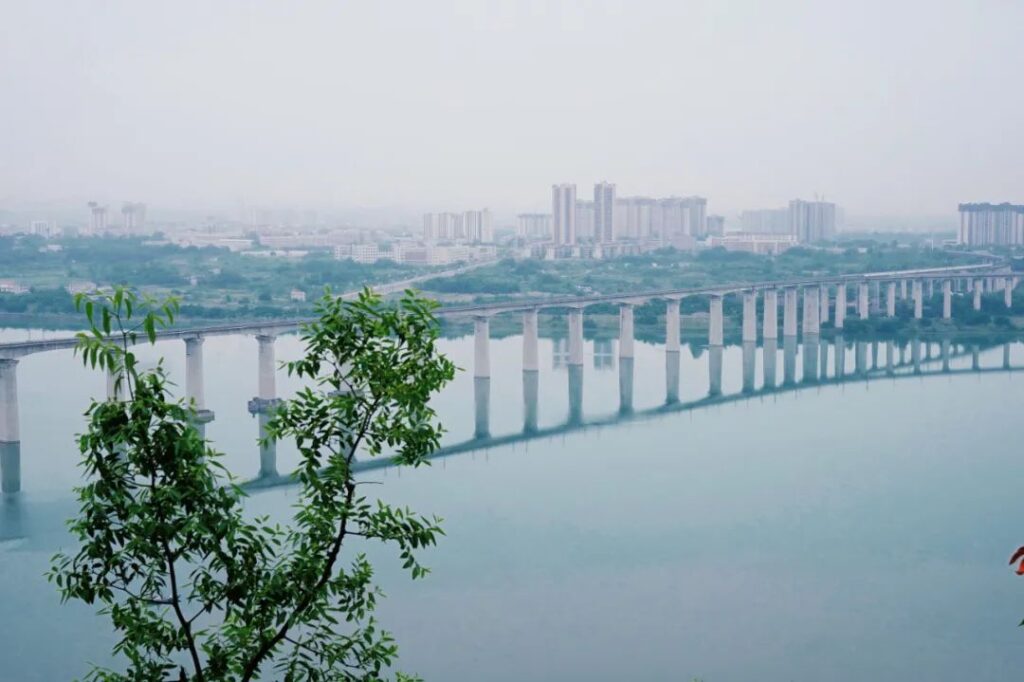
For convenience, you can go to Qile Temple on Xishan Mountain, where you can take a cable car up and down the mountain without much effort. In terms of highlights, I recommend Qingquan Temple, which is a forest temple with more outstanding scenery.
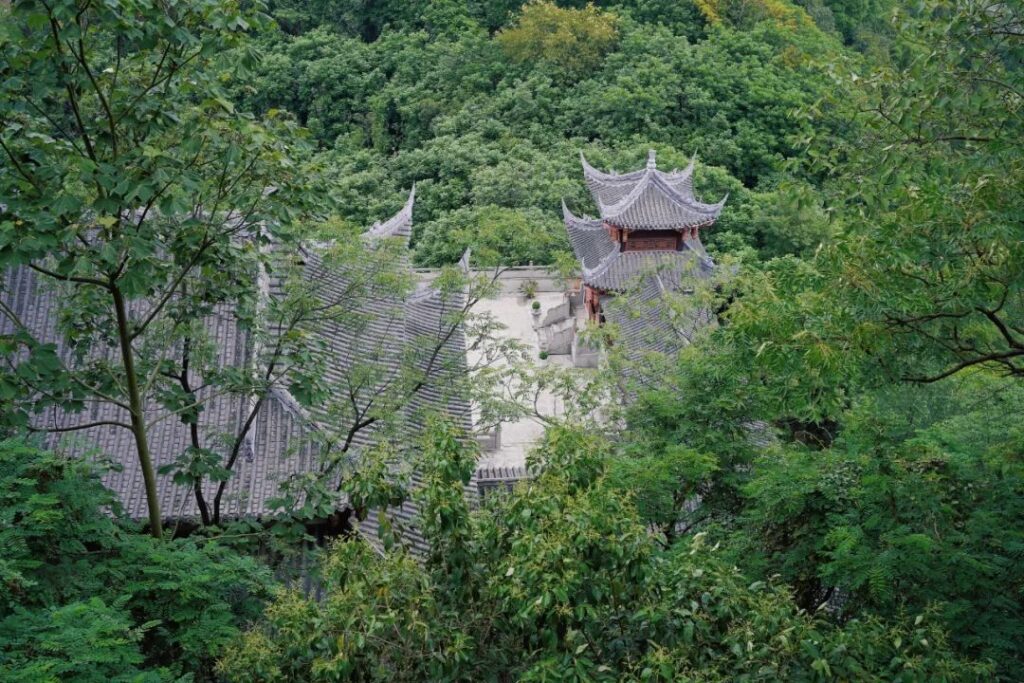
Jialing River
The Jialing River is Nanchong’s city landmark, and Nanchong cherishes the Jialing River, keeping the water clean and clear. On a sunny day, it really looks like the sea.
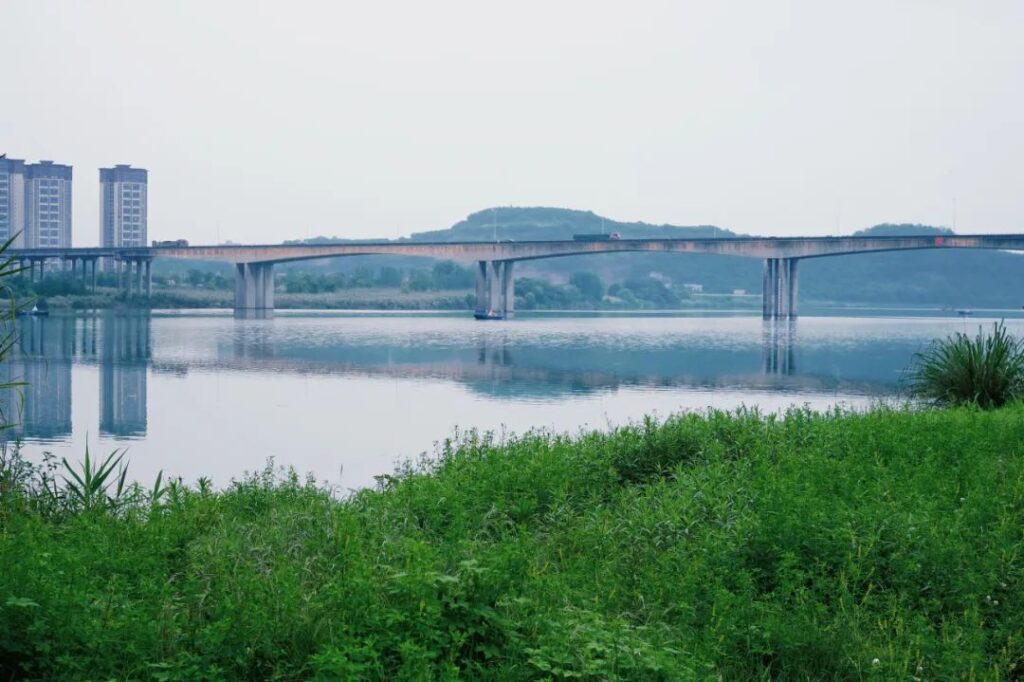
If you encounter a cloudy or rainy day, it also has a very poetic ink-wash painting feel.
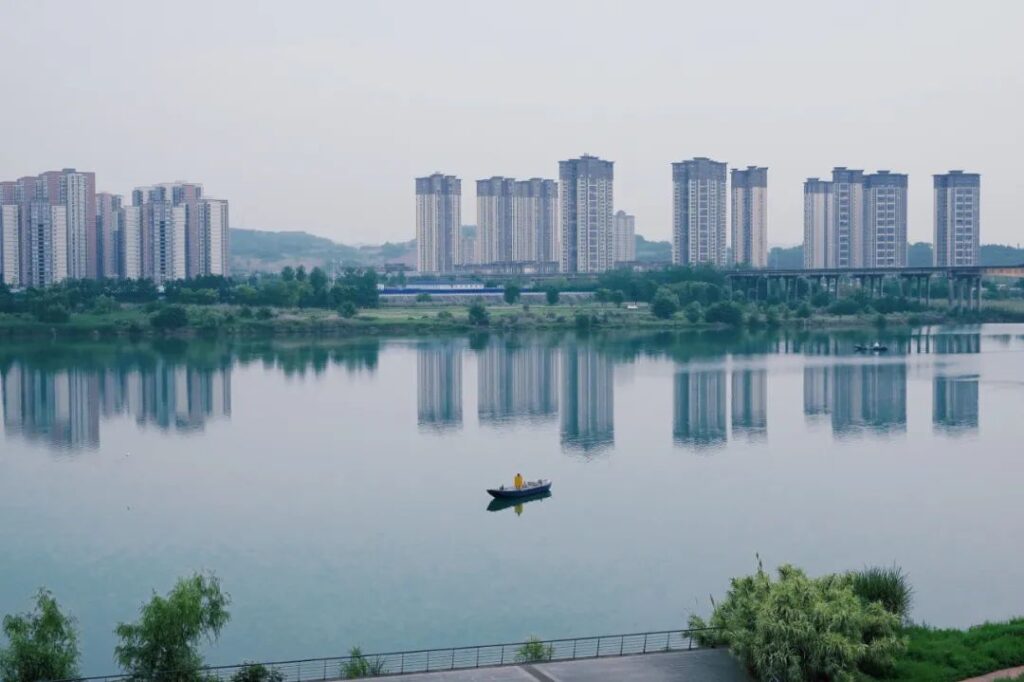
There are several green areas along the Jialing River, mainly the “Nanmenba Ecological Park” on the west bank and the “Jialing River Xiazhongba Colorful Waterfront Wetland Park” on the east bank.
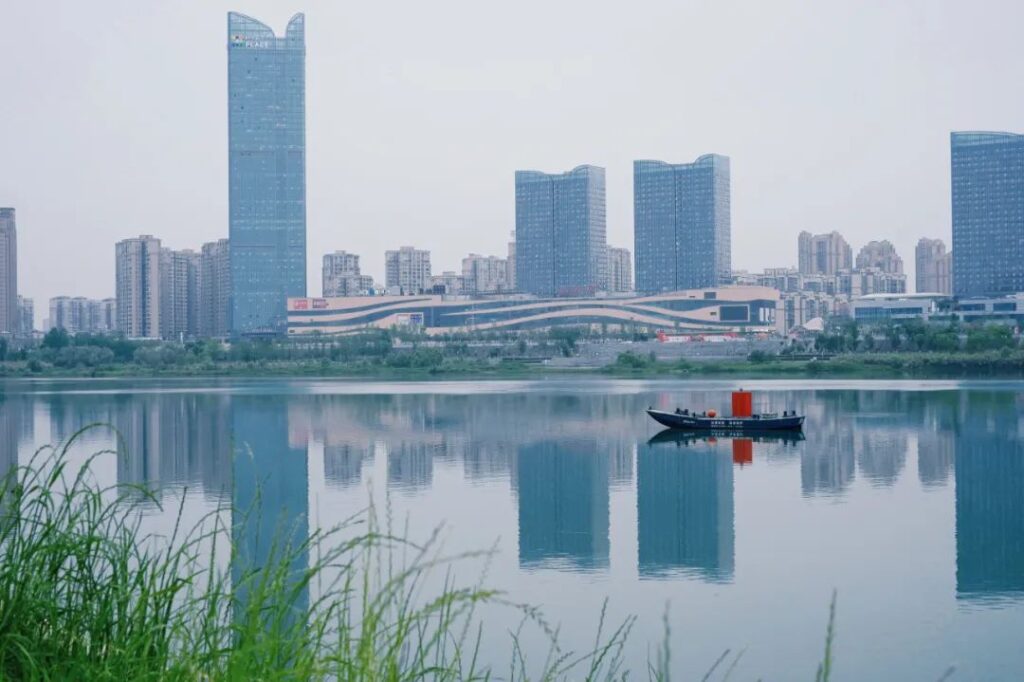
Nanmenba Ecological Park is more spacious and picturesque, with tall grass, the Jialing River Bridge, and the antique-style Qinghui Pavilion.

The “Qinghui Pavilion” houses a Sichuan Opera Theater, and the upper level can be accessed for free to enjoy the view. It’s even more beautiful when lit up at night.

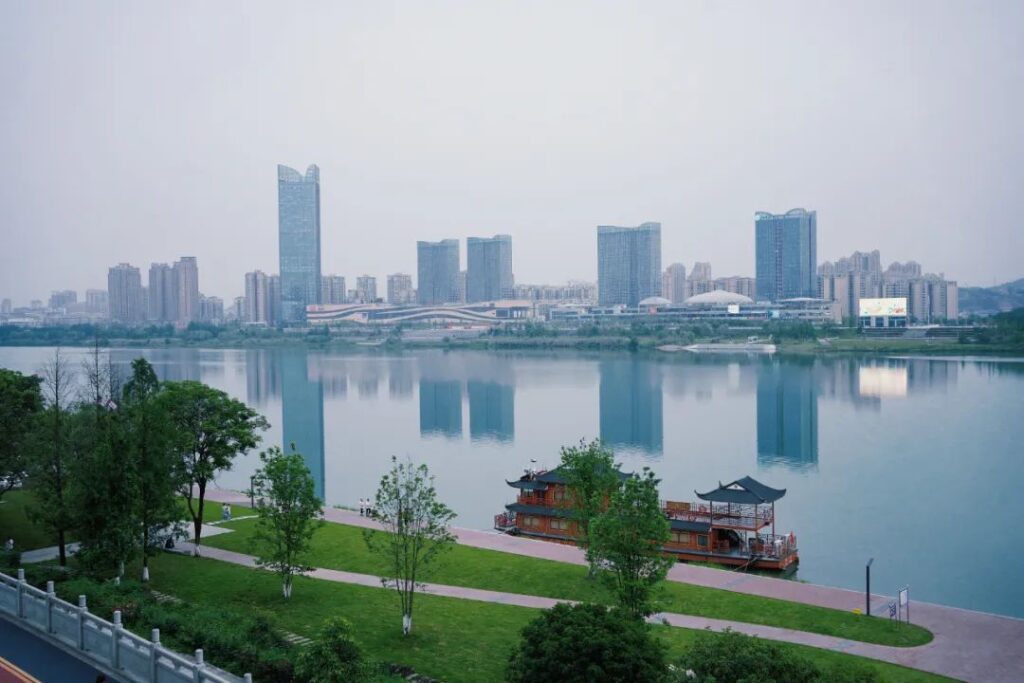
On the north side of Nanmenba Ecological Park, there is a row of sightseeing restaurants converted from yachts, which are more suitable for entertaining guests.
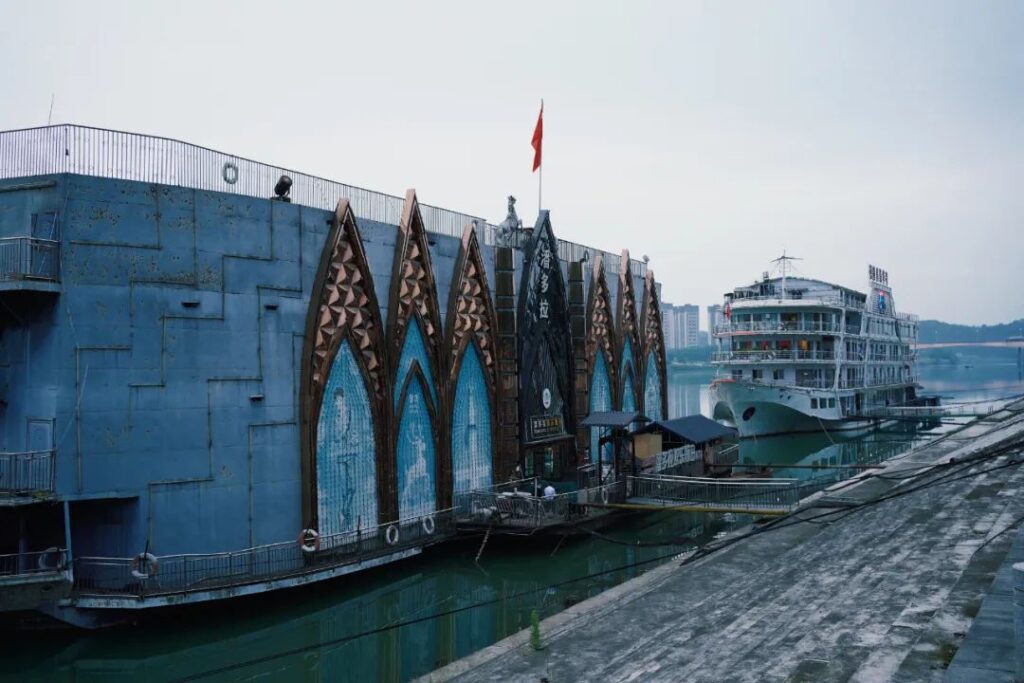
The lighthouse hotpot by the river:

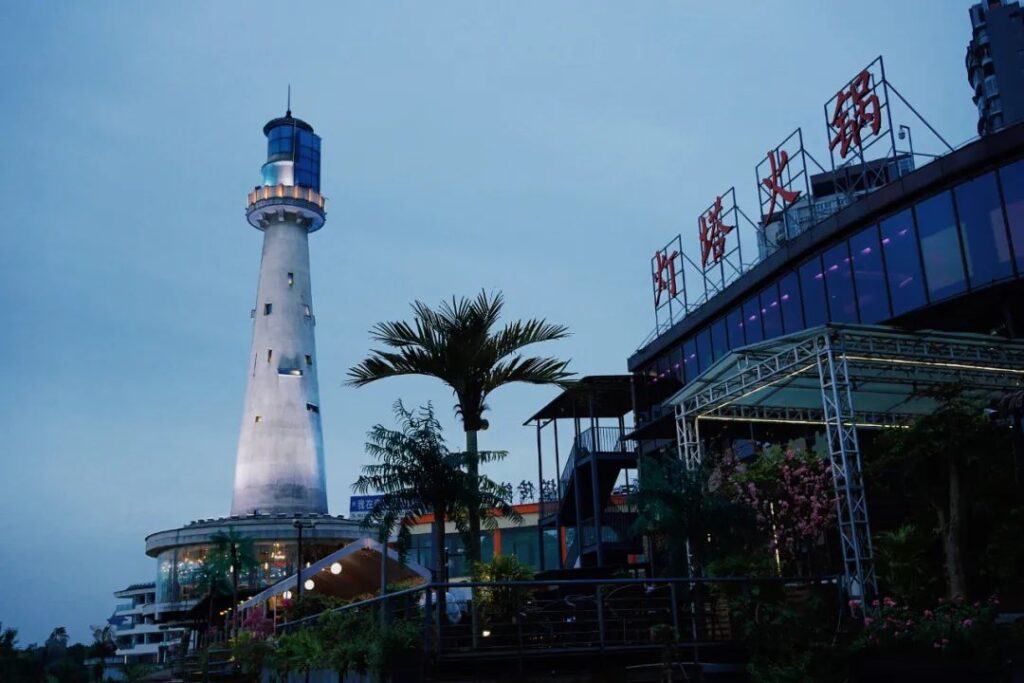
At the “Nanchong Tourist Passenger Terminal,” there are cruise ships for touring the Jialing River. During the day, only charter boats are available (the lowest price for a speedboat is 240 yuan per trip), while night cruises offer individual tickets (with performances on Fridays and Saturdays).
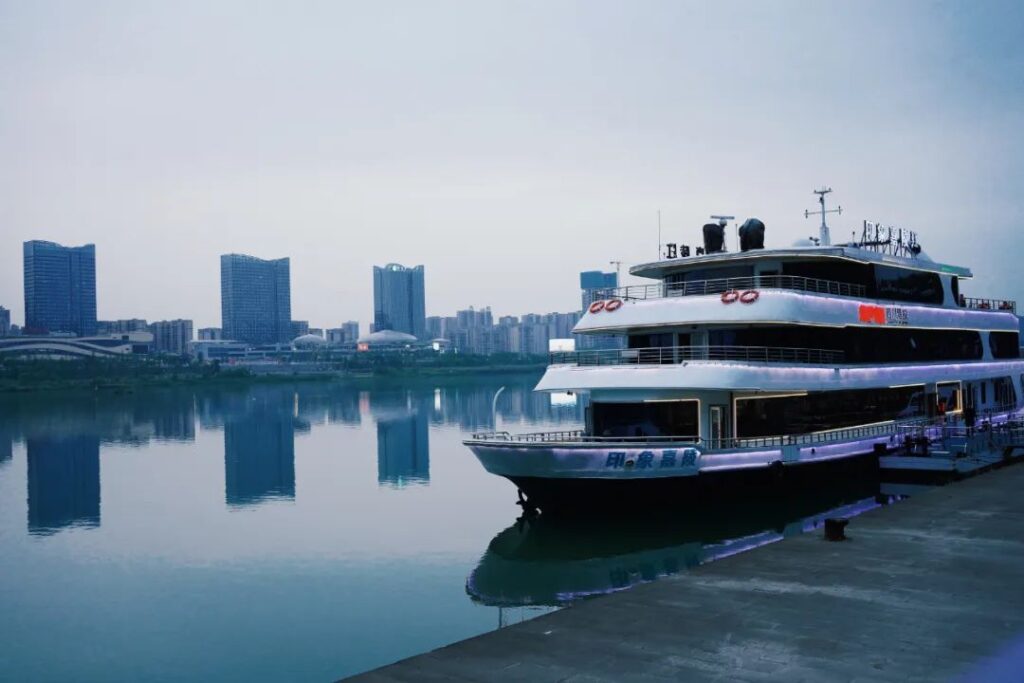
The “Jialing River Xiazhongba Colorful Waterfront Wetland Park” has a strong connection with the water. Nanchong people love to come here on weekends for camping, kite flying, swimming, playing in the water, and enjoying a family-friendly atmosphere.


Next to the wetland park is “Heming Mountain,” which has a Song Dynasty white pagoda on top. I saw the white pagoda from below but was too lazy to climb up.
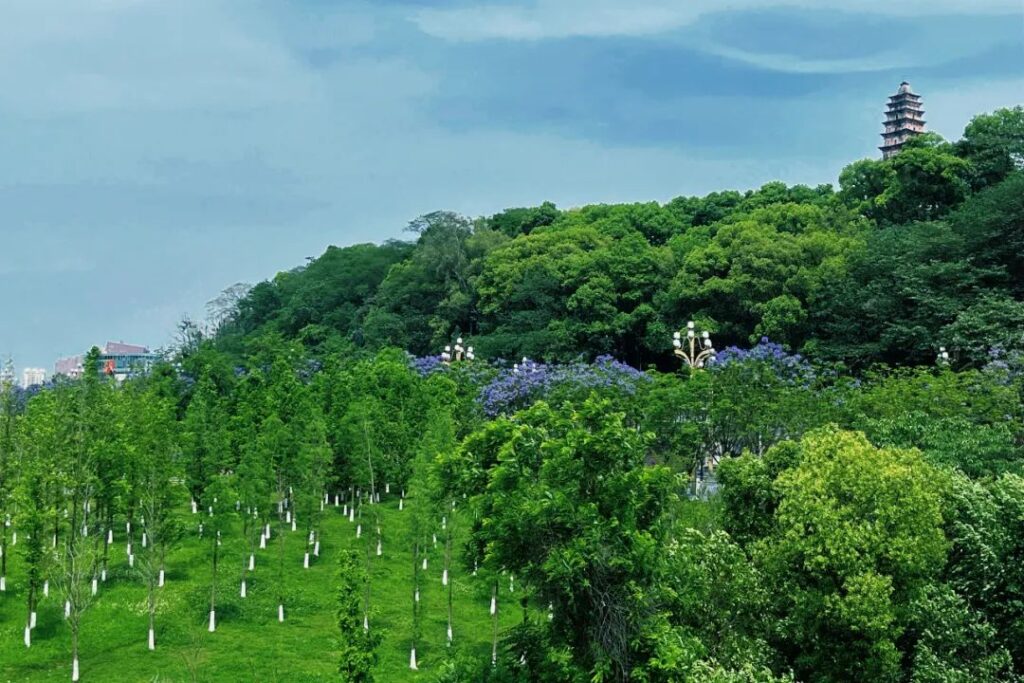
This wetland area is very large and even has a floating bridge leading to a small island in the middle of the Jialing River.
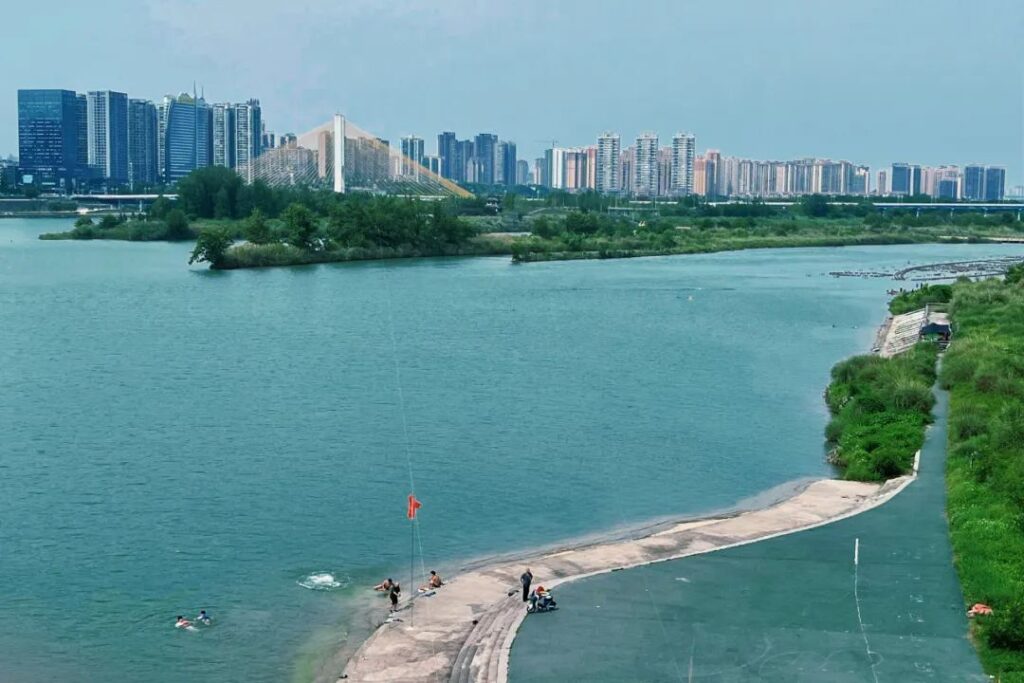
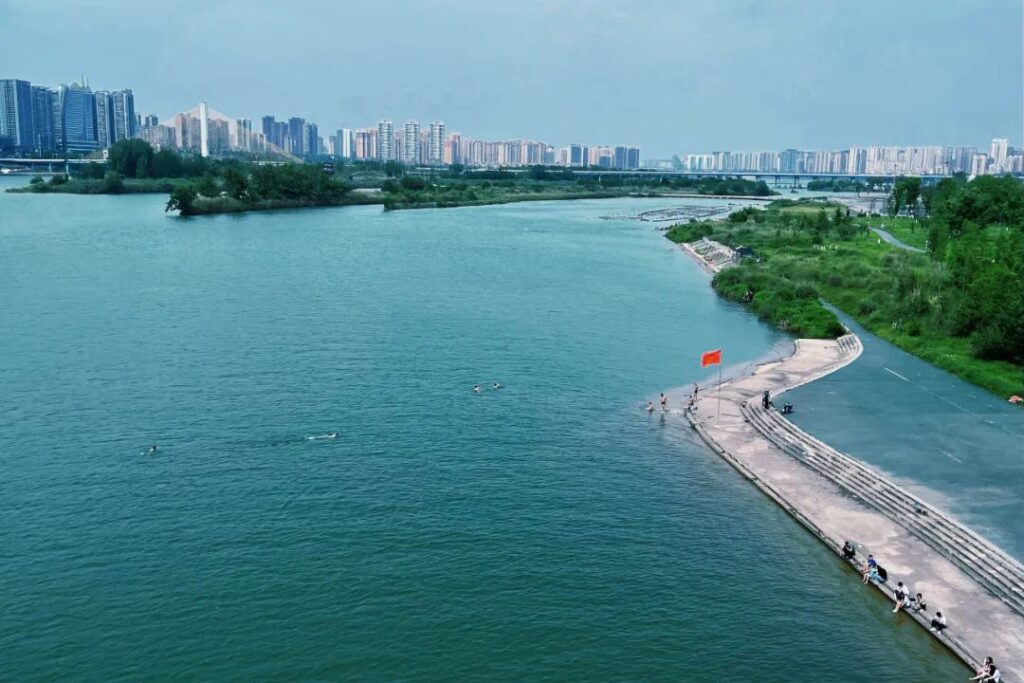
Others
Silk: When it comes to silk, we immediately think of Suzhou and Hangzhou, but Nanchong, this western silk capital, is also very capable. In addition to the introduction of Nanchong’s silk development from ancient times to the present in the Nanchong Museum, there is also the “Liuhe Silk Factory” silk culture theme park. If you want to buy silk souvenirs, you can check out the “Century Liuhe Silk Life Museum.” The prices of cheongsams are around one or two thousand yuan, and the styles are quite good-looking.
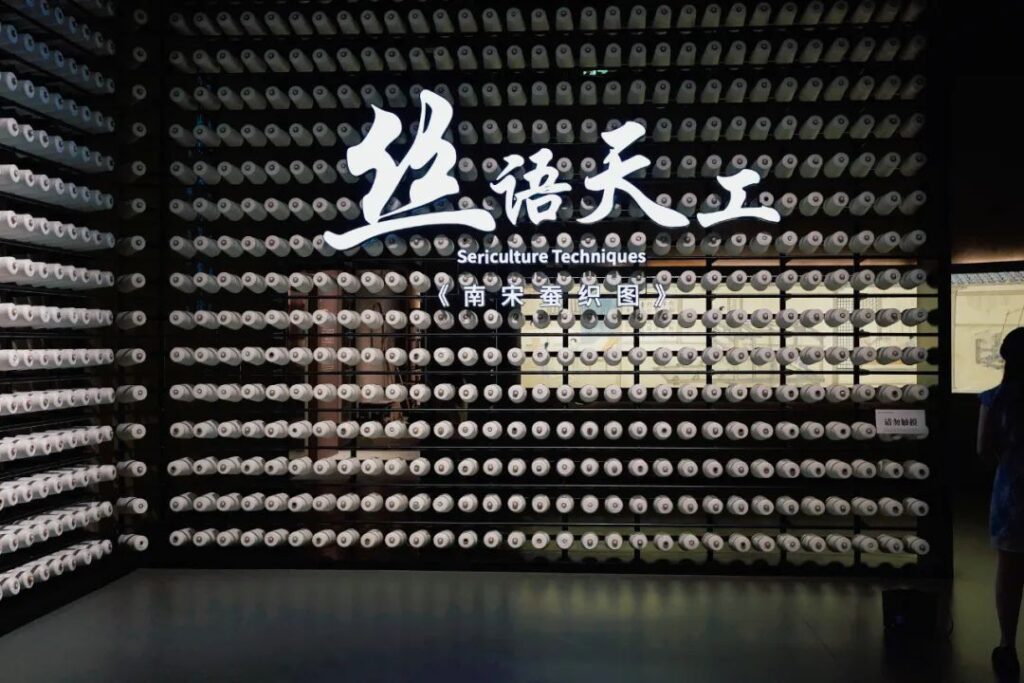
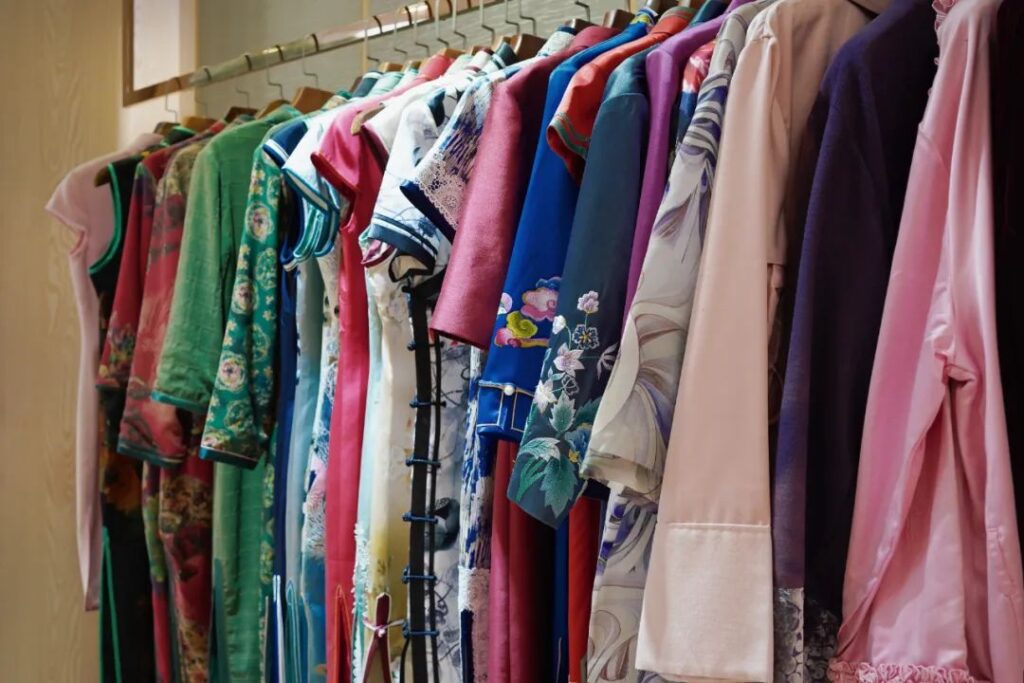
Sanyu: Sanyu is one of the representative figures of contemporary Chinese art, and one of his paintings can be auctioned for hundreds of millions of yuan. Sanyu was from Nanchong, and Nanchong has a Sanyu Art Museum. However, this art museum doesn’t have much substance, and the exhibits are all reproductions. It serves more as a memorial hall.
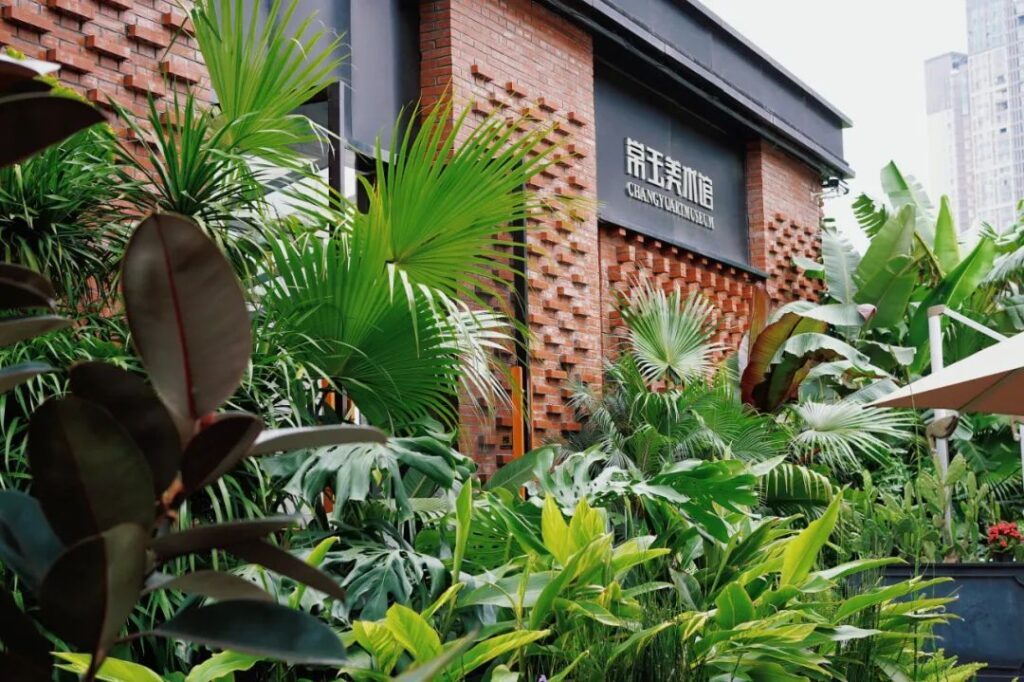
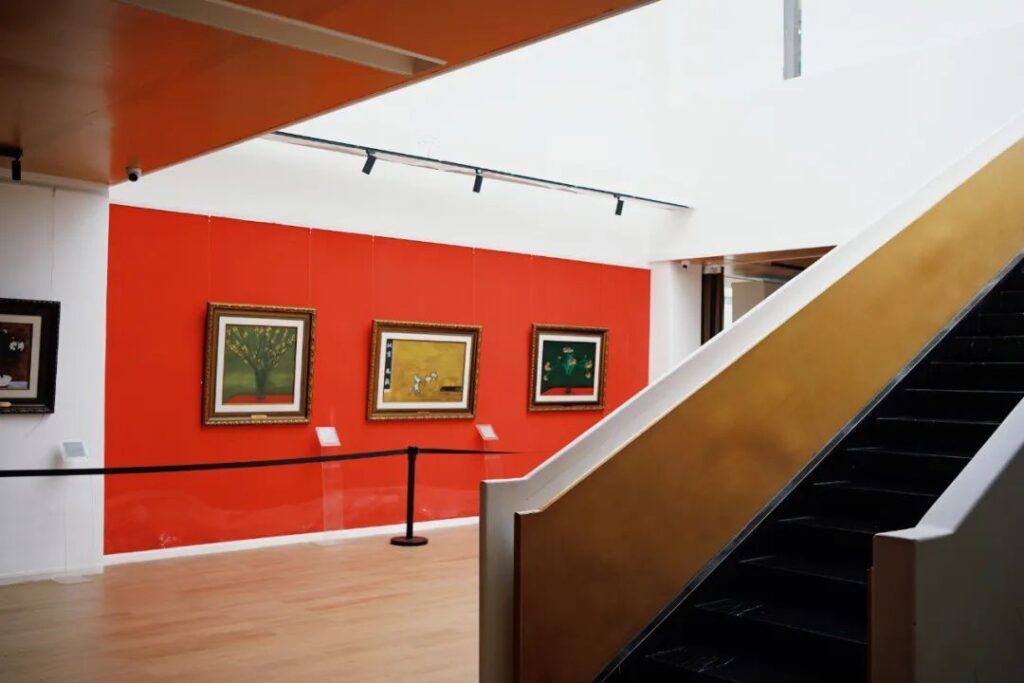
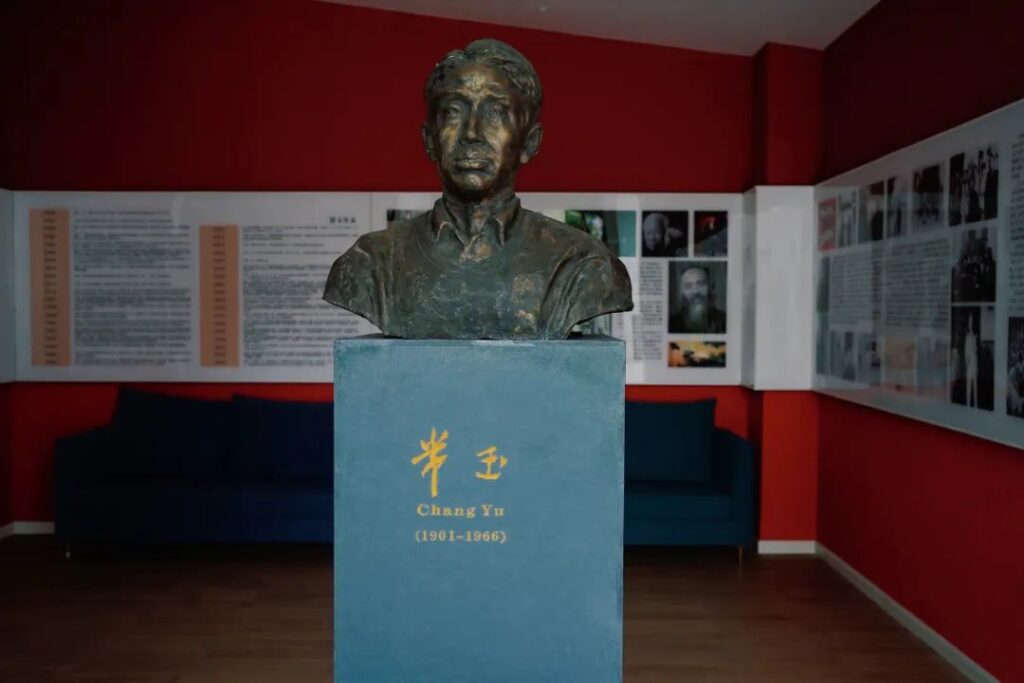
Langzhong Ancient City: Langzhong Ancient City is more than 100 kilometers away from the city center and is one of the four major ancient cities in China. If you go to the ancient city, you should stay at least one night. The main street is very commercialized, and the fun lies in walking through the intricate alleys and feeling the traces of history.
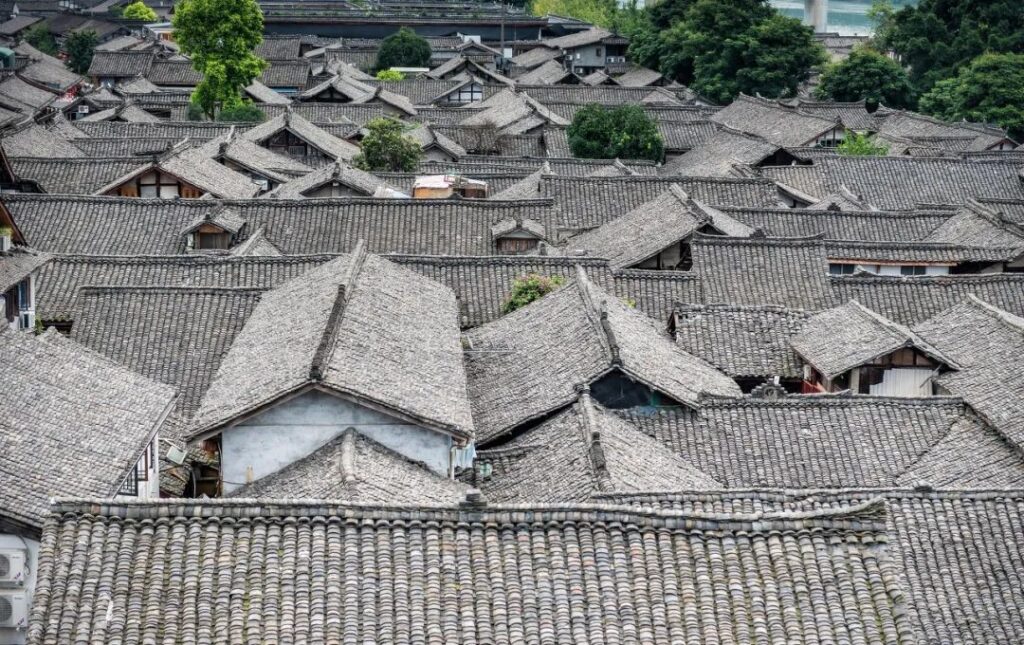
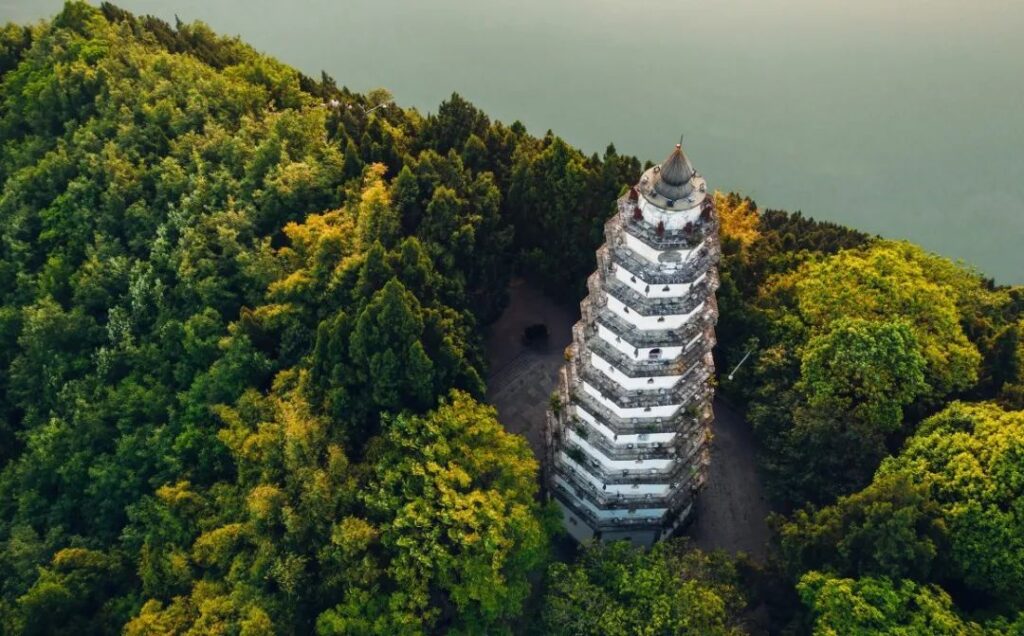
How to Eat in Nanchong?
When you come to Nanchong, rice noodles, cold noodles, and “guo kui” (a type of fried flatbread) are the three must-try items! As for other delicious foods, it depends on your stomach capacity~
Nanchong Rice Noodles
went to Mianyang first and then to Nanchong. As for which rice noodles are tastier, Mianyang’s or Nanchong’s, it has always been a controversial topic that I dare not casually bring up. Objectively speaking, Mianyang’s thin noodles absorb the soup better, while Nanchong’s thick noodles have a more chewy texture.
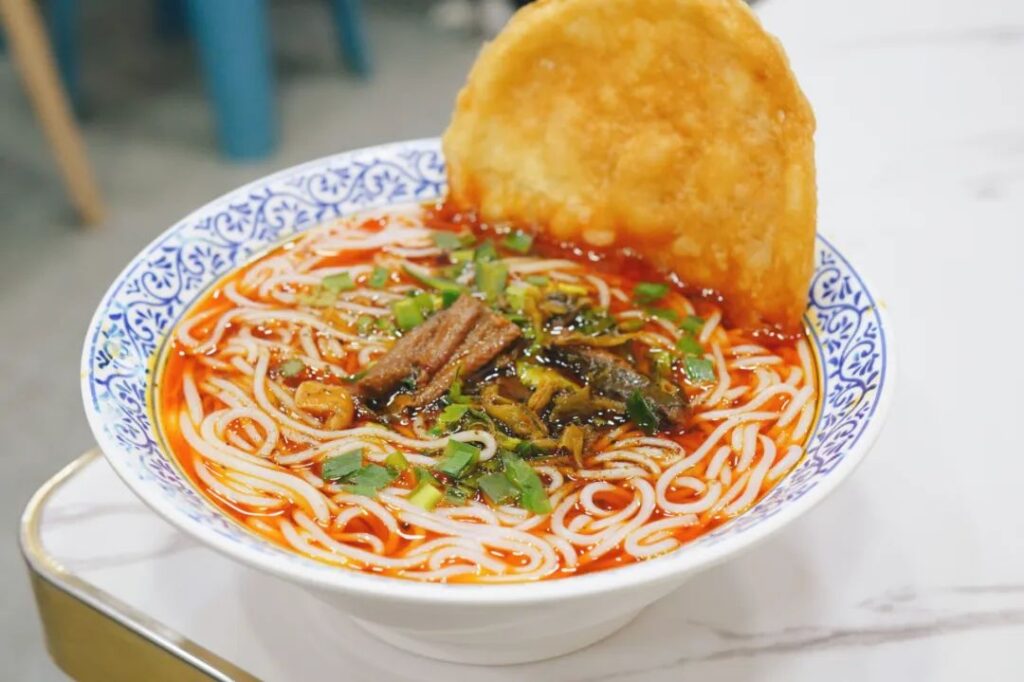
After careful selection, I finally went to “Wenxing Noodle Restaurant.” It has quite a few branches in Nanchong. Try to go to the main store on Yan’an Road, but it only serves breakfast and lunch and closes at 12:30. The branch on Shizi Street is open 24 hours, and that’s where I ate.
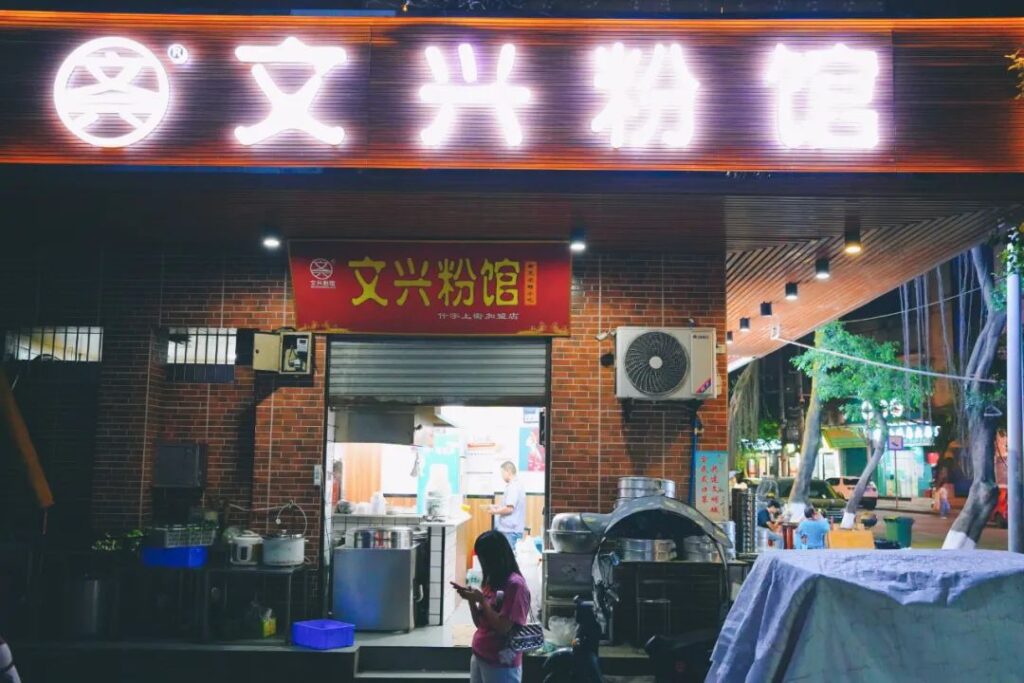
When eating Nanchong rice noodles, you should soak a piece of “you gan” (fried round cake) in the soup, which is really a burst of red oil.
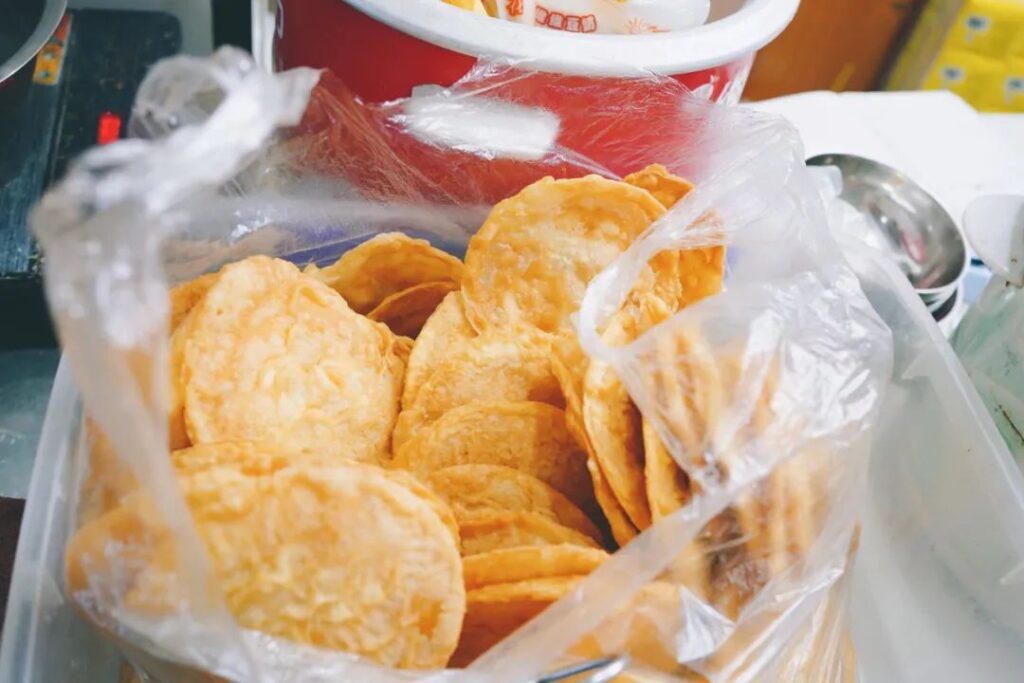
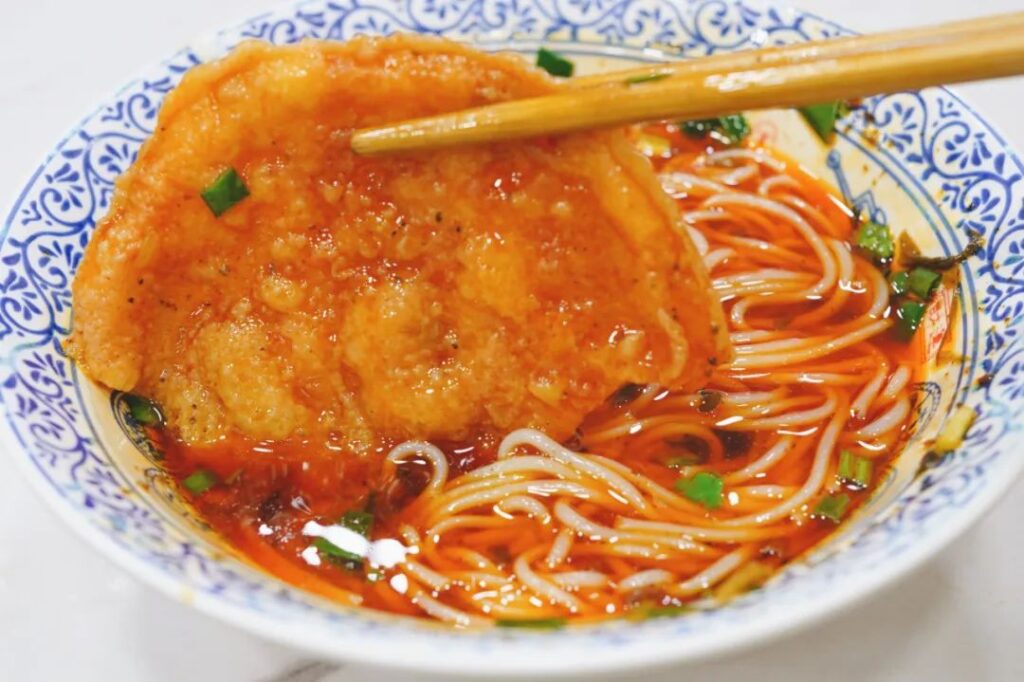
The soup base of this restaurant is oily and has a buttery aroma, similar to the feeling of eating Chongqing hotpot. I was both scared and thrilled while eating it!
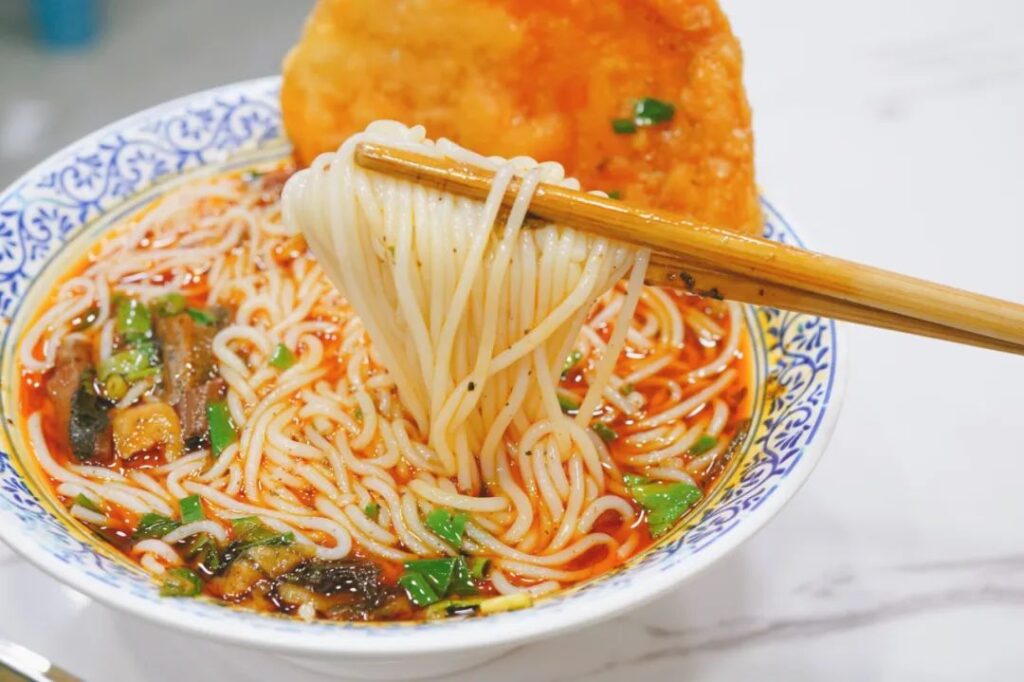
Chuanbei Xiuying Snacks
📍: No. 24, Yifeng Street, Shunqing District
⏰: 8:00-20:00

Chuanbei cold noodles are an intangible cultural heritage snack in Sichuan, with great attention paid to the preparation of red oil, the mixing of cold noodles, and the seasoning. Why do Chuanbei cold noodles have such a low presence?
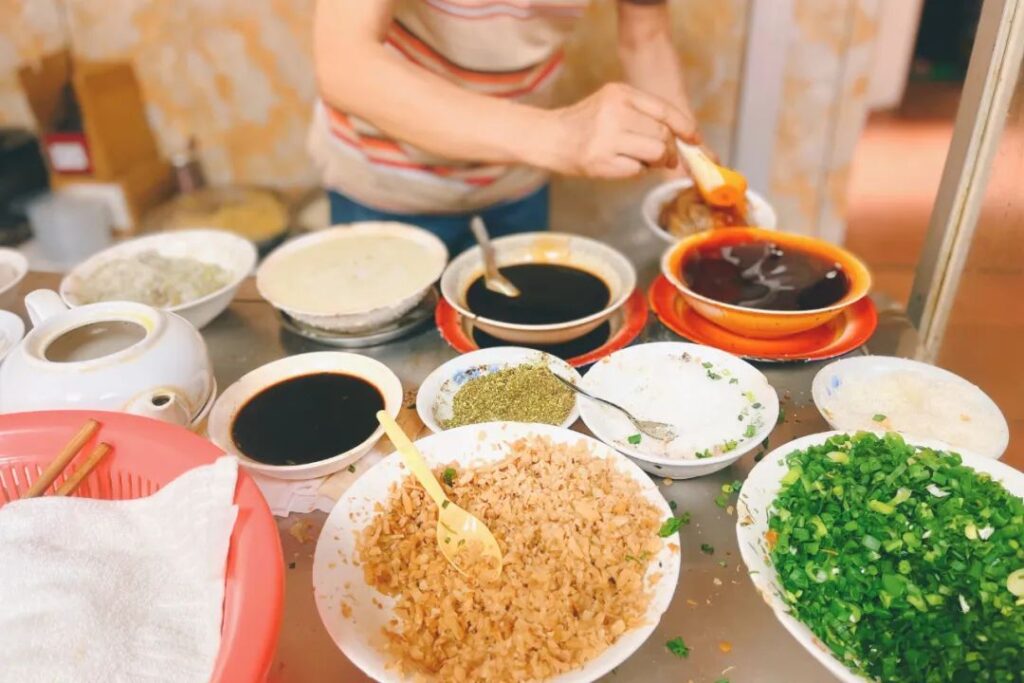
This is because some clever people registered the trademark “Chuanbei Cold Noodles” early on, so except for the chain store called “Chuanbei Cold Noodles,” no other stores can use that name.

If you want to eat authentic Chuanbei cold noodles, you can go to “Chuanbei Xiuying Snacks.” It’s an old store that has been open for decades and is recognized by Nanchong locals. After mixing well, the cold noodles wrapped in red oil are delicious.
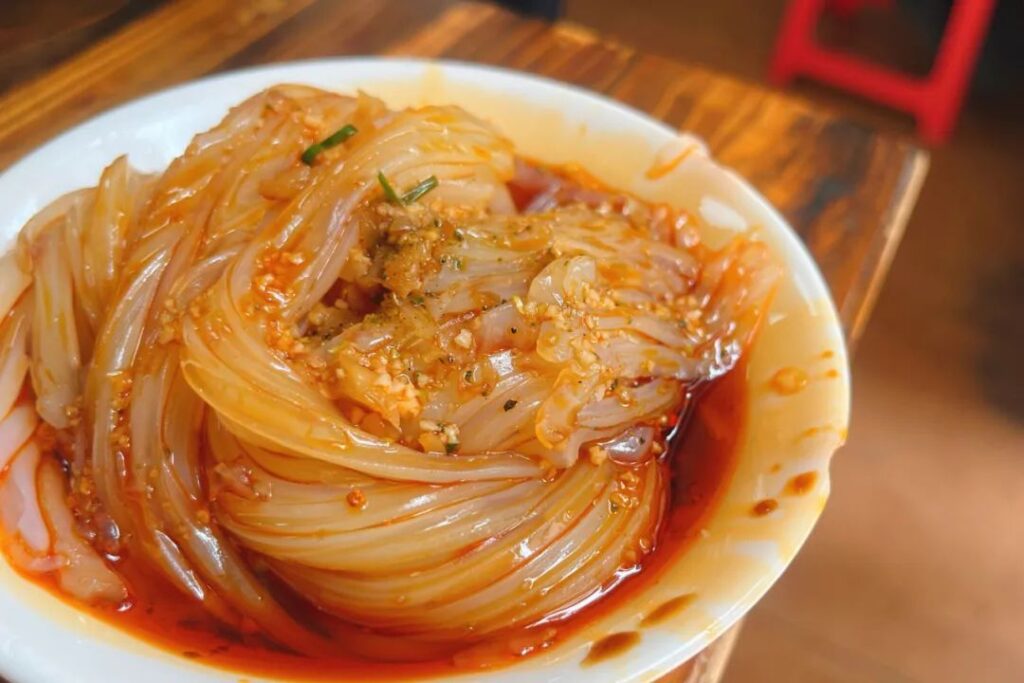
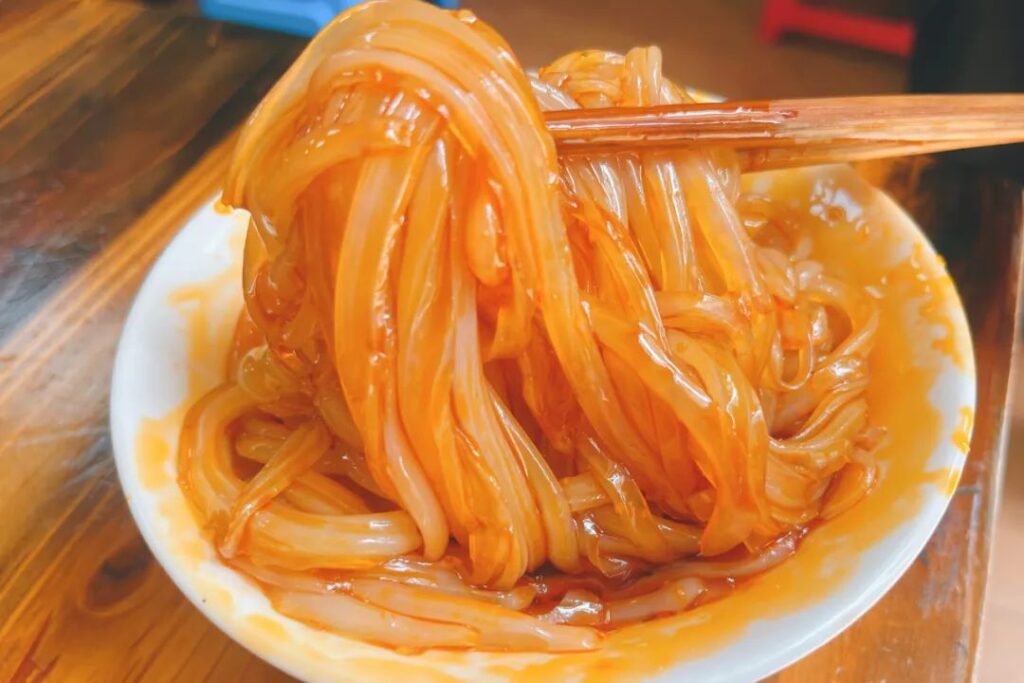
Li Cold Noodles
📍: No. 32, Wenhua Road, Shunqing District (main store)
⏰: 8:00-21:00

Li cold noodles are another style of cold noodles, yellow and sliced, somewhat similar to rice tofu. It uses more small ingredients and has a more complex flavor. I think it tastes even better than Chuanbei cold noodles.
Remember to go to the main store for Li cold noodles!
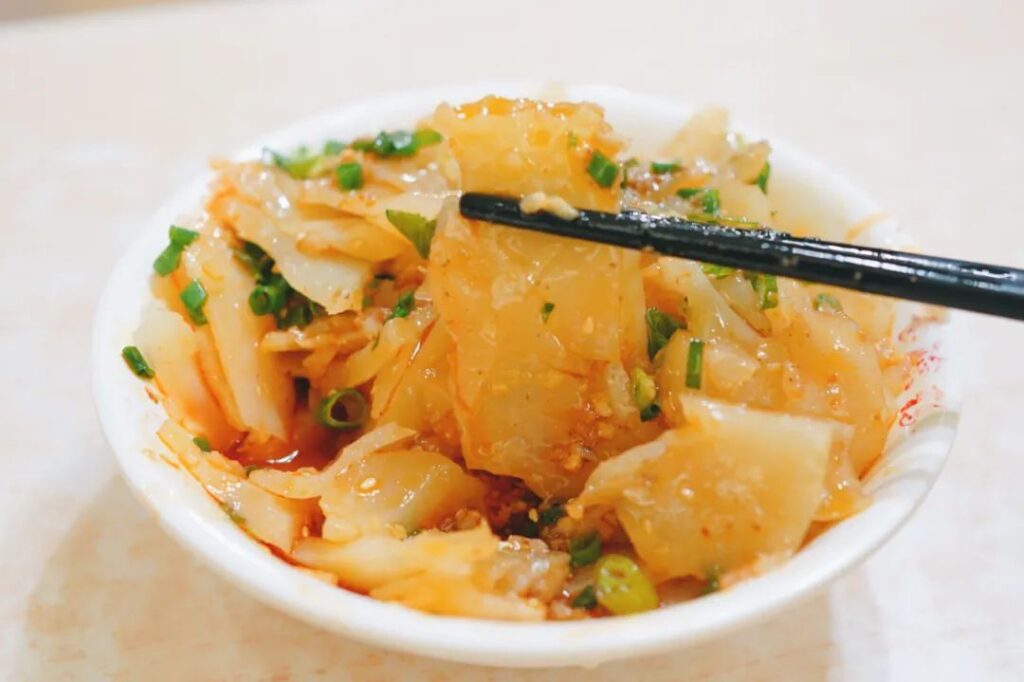
Li Guo Kui
📍: No. 47, Jiqing Alley, Shunqing District
⏰: 8:00-21:00
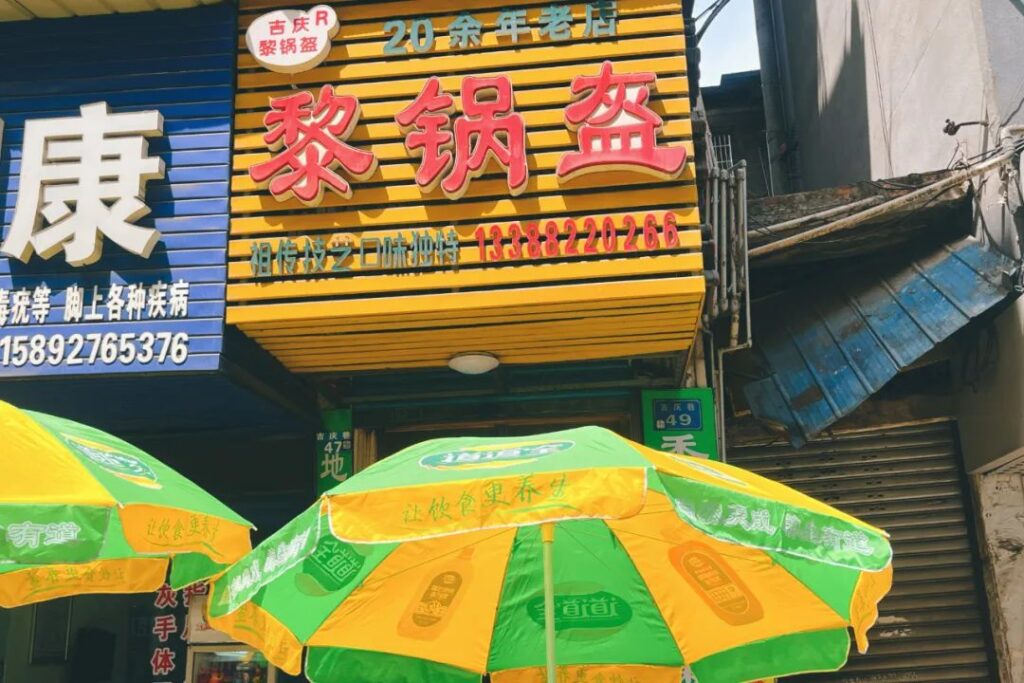
Guo kui + cold noodles, doesn’t it sound quite dark? Like soaking “you gan” in red oil, it’s the same idea – it looks dark but tastes surprisingly good…
I went there for two consecutive days. On the first day, I went late, and by the time it was my turn, the guo kui were sold out, so I could only buy a brown sugar cake. On the second day, I went during the day to ensure I could eat it.
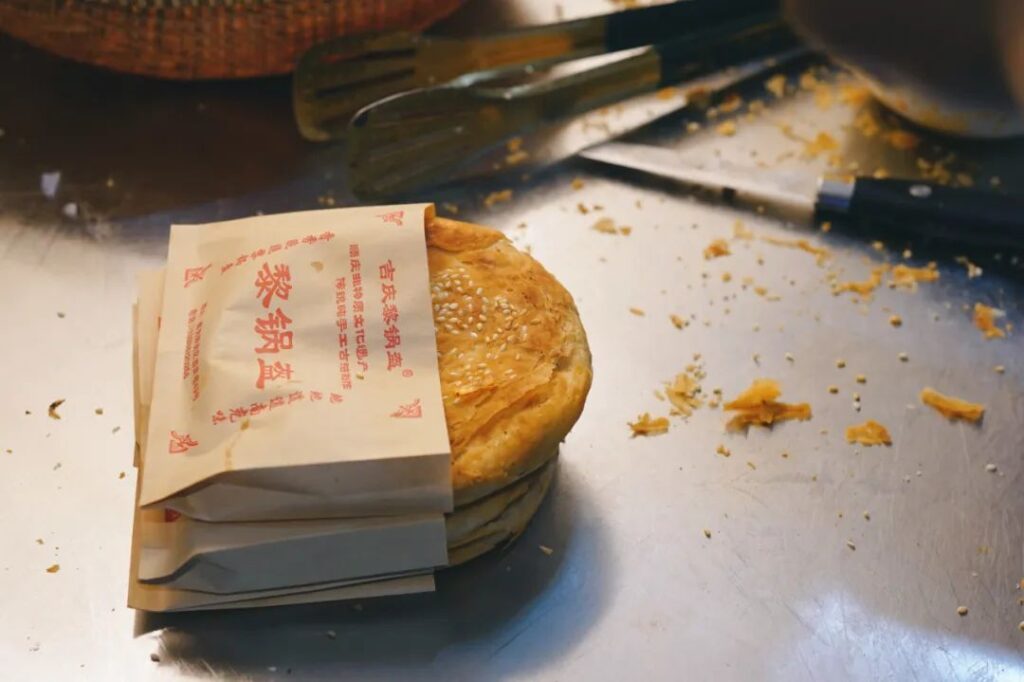
From my observation, the locals love to come here for takeout. The staff will pack the cold noodles and guo kui separately, and you can combine them yourself when eating. If you eat there, they will put the mixed cold noodles into the guo kui.
The guo kui is reheated before being stuffed, and the cold noodles have a cool texture. With one hot and one cold, one crispy and one chewy, it’s quite an interesting experience.
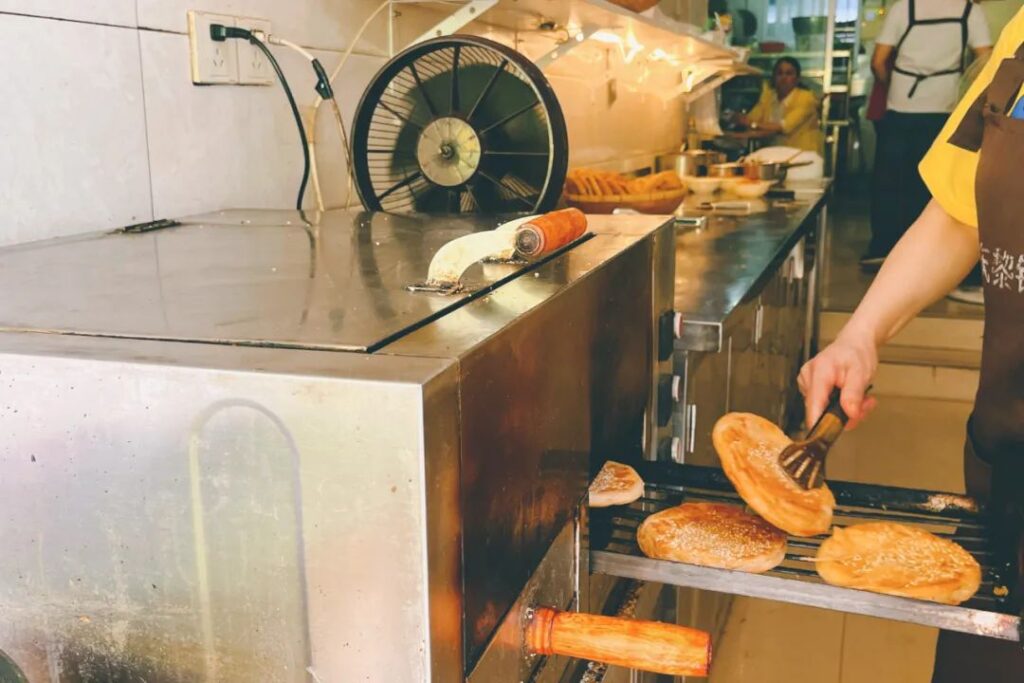
The soup of the cold noodles will soak the guo kui, so you need to eat it quickly.
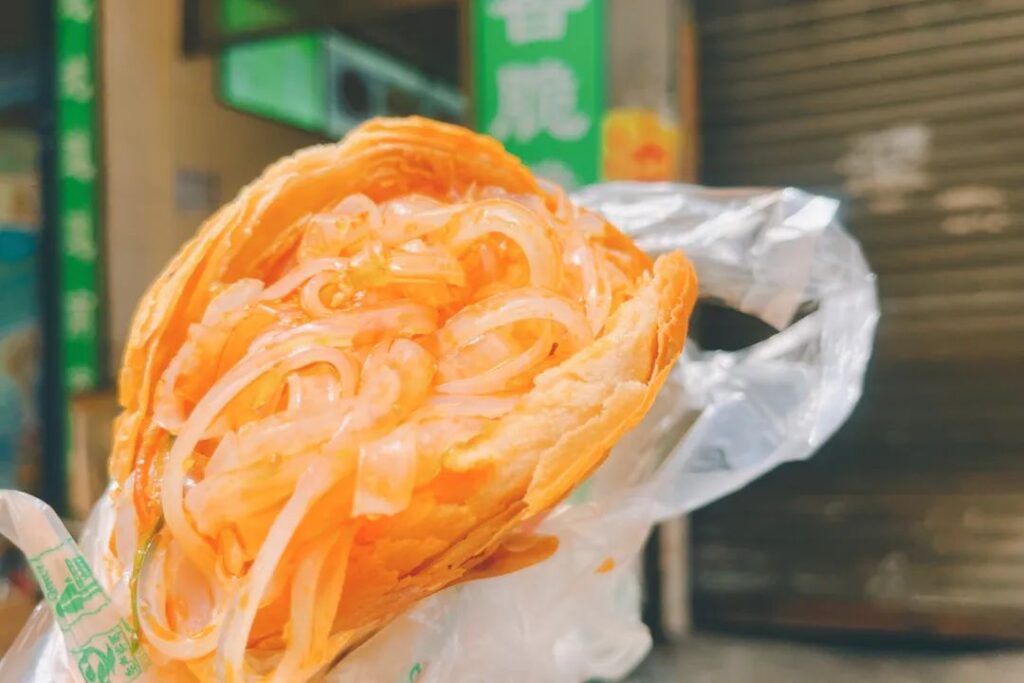
If you can’t handle spicy food, the above is not recommended.
Nanchong’s “yang ya zi” (braised and fried duck) is also very famous. A whole duck is first braised and then fried, and it’s usually bought as takeout from a delicatessen. Not far from Li Guo Kui, there is a store called Chodu Yang Ya Zi.
The few places I recommended above are close to each other, within walking distance, so you can try them all.
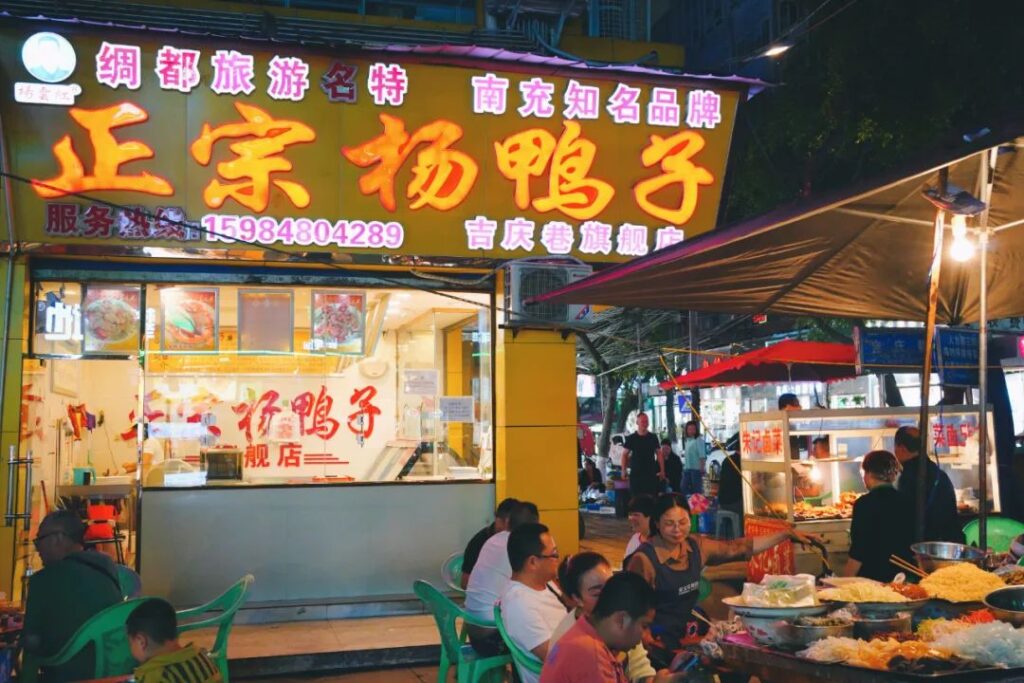
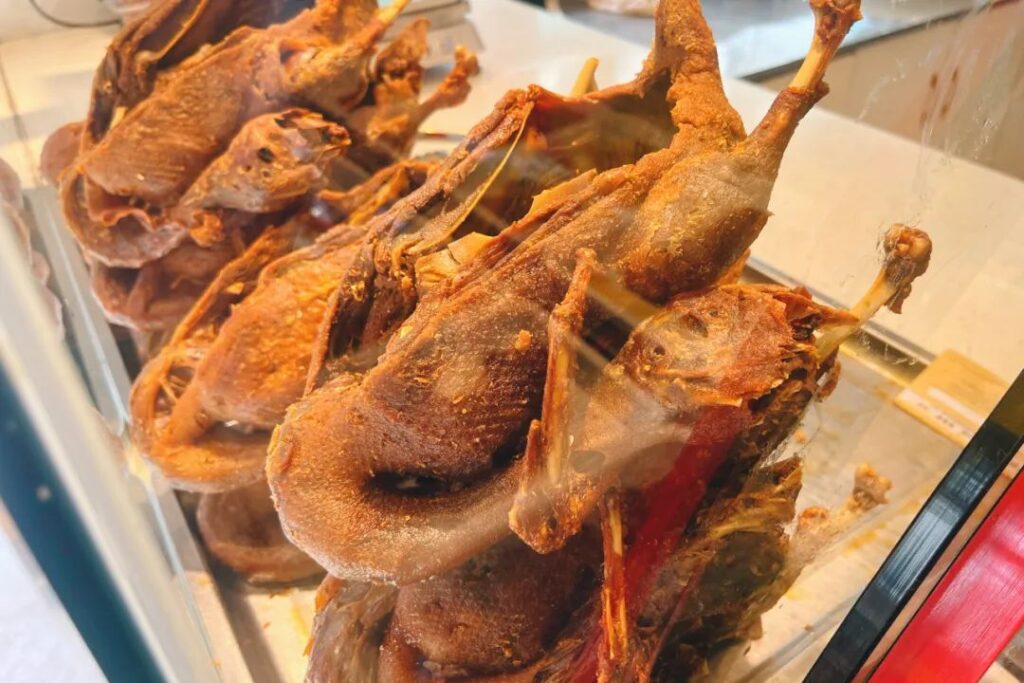
Pedestrian Street
When coming to Nanchong for a visit, many people will recommend 1227. This area is very lively and gets a bit congested at night. It’s mainly some chain restaurants and bars, but you can find them in other cities, so there’s no need to come here specifically.

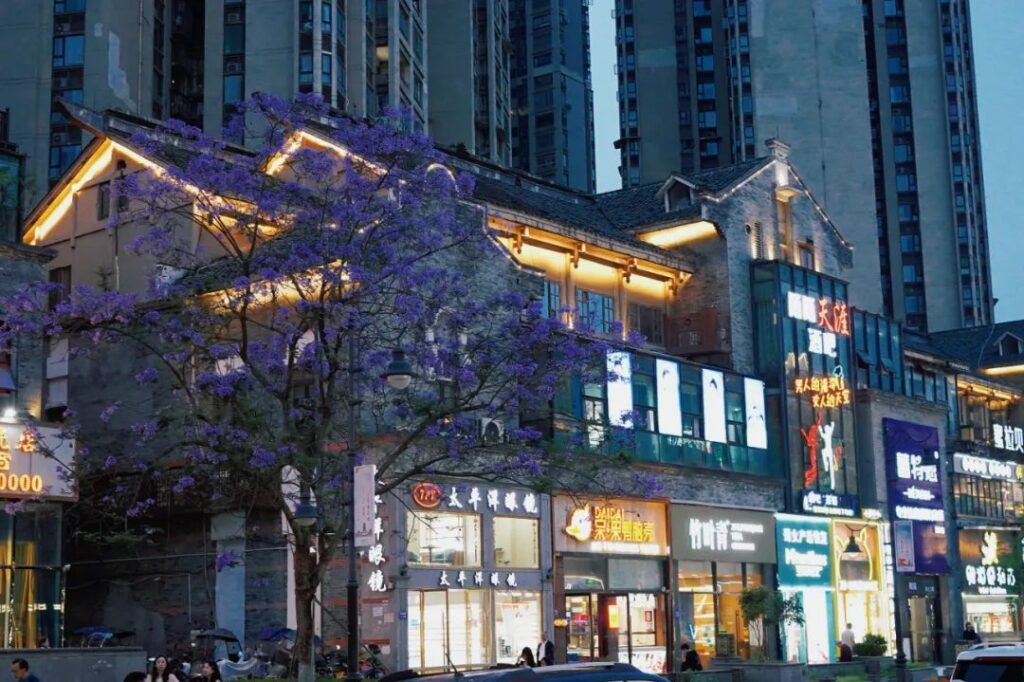
Yixue Alley is a food street that became quite popular on a certain book. It has the vibe of a university town food street.
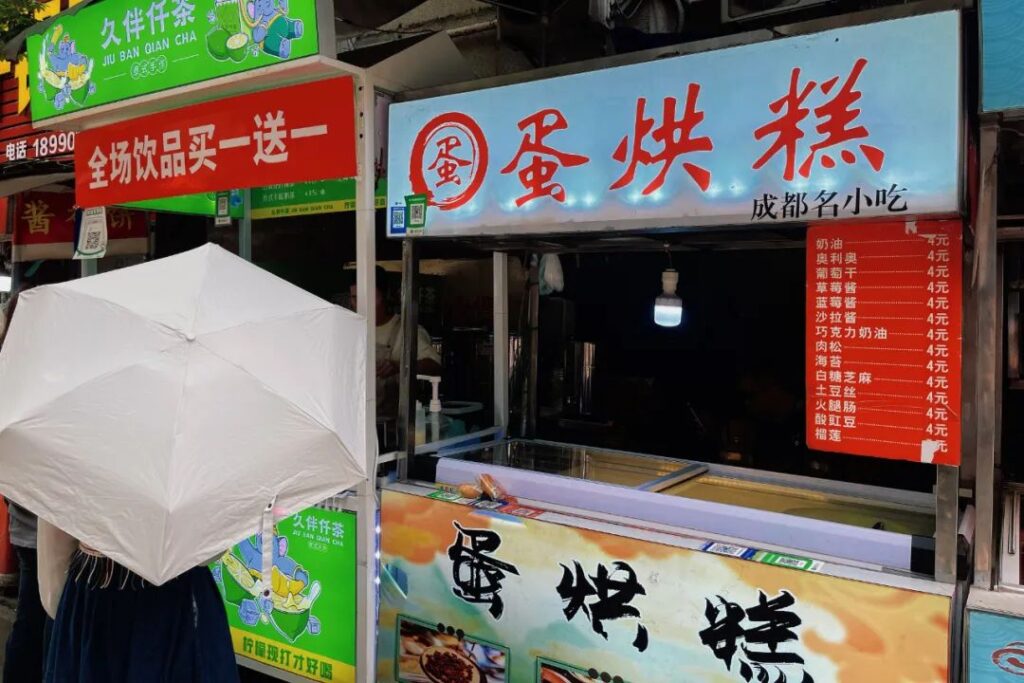

Highly recommended is “Lei Ayi Preserved Vegetable Pork Belly Cake.” It’s completely different from the preserved vegetable cake I had in Zhejiang. It’s very large and roasted until extremely crispy.
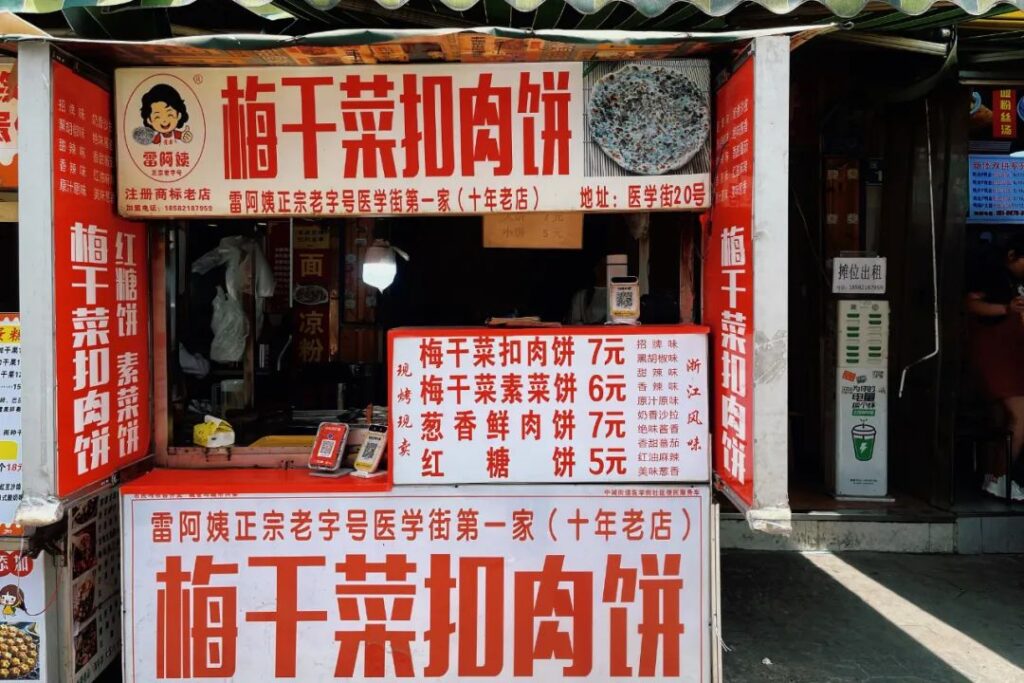
Lei Ayi is very thoughtful and divided it into two halves for me, one with the signature flavor and the other with a sweet and spicy flavor, so I got to try two flavors. I think it tastes better with a bit of spiciness!
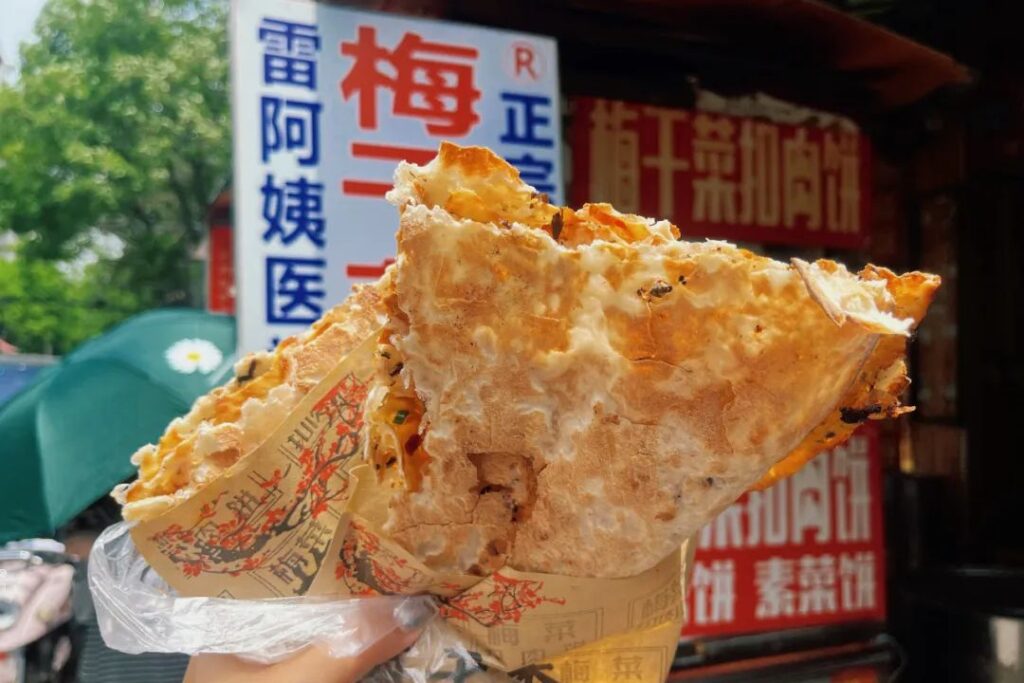
Drinking Tea
Just like Chengdu people love to drink tea in People’s Park, Nanchong people have also turned the city’s “North Lake Park” into a tea-drinking destination.
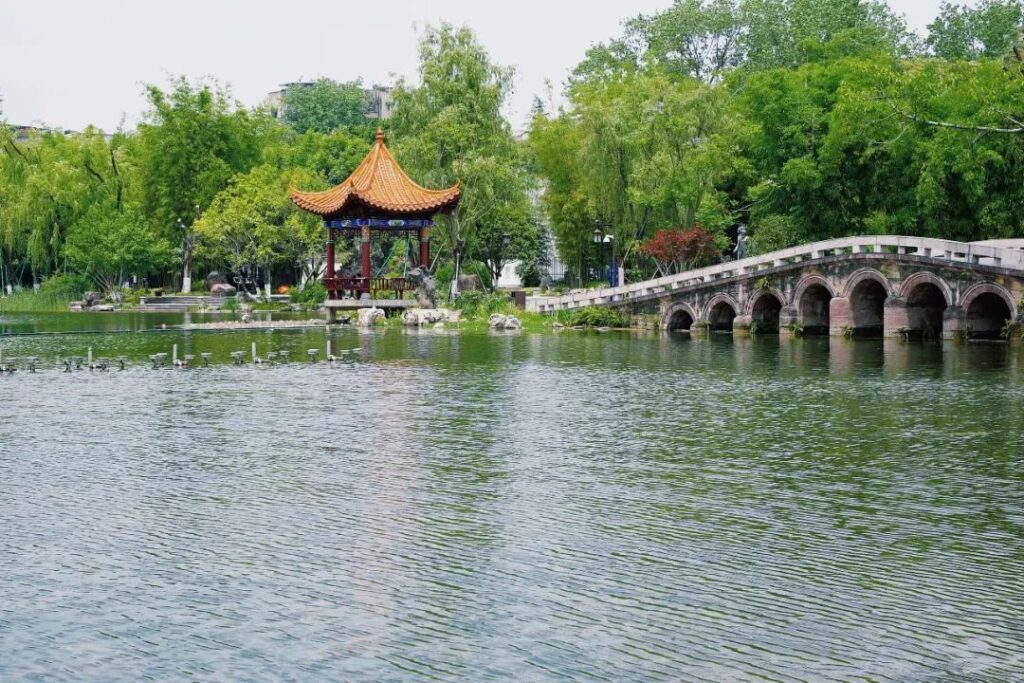
North Lake Park has a lake and gardens, and drinking tea in a place without a ceiling is much more comfortable than going to a proper teahouse.

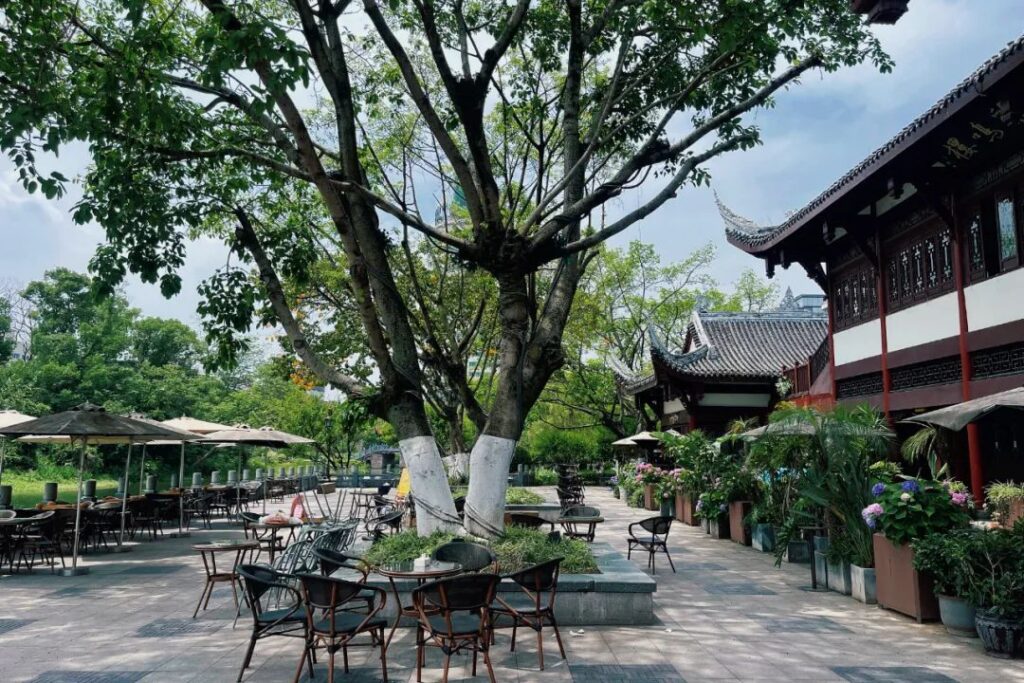
On Qile Temple on Xishan Mountain, there are also places to drink tea. It seems that all the scenic spots in Sichuan have been developed into tea rooms!
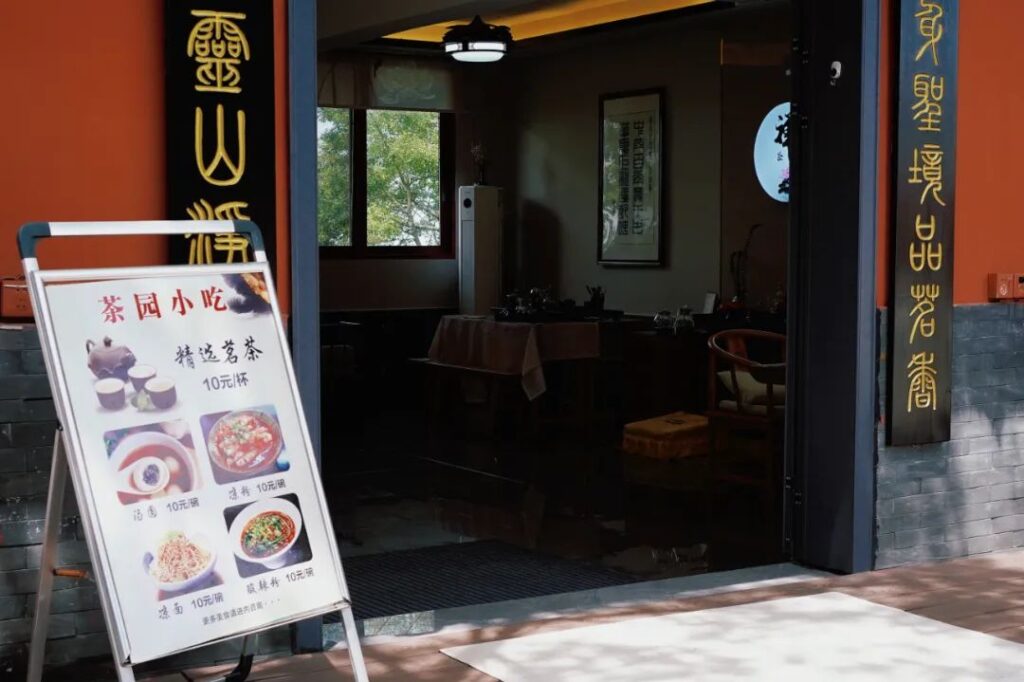
Recommended Itineraries for Nanchong
I’ve covered the details above, but we don’t need to pack our actual itinerary that full. Let me recommend a few itineraries for your reference.
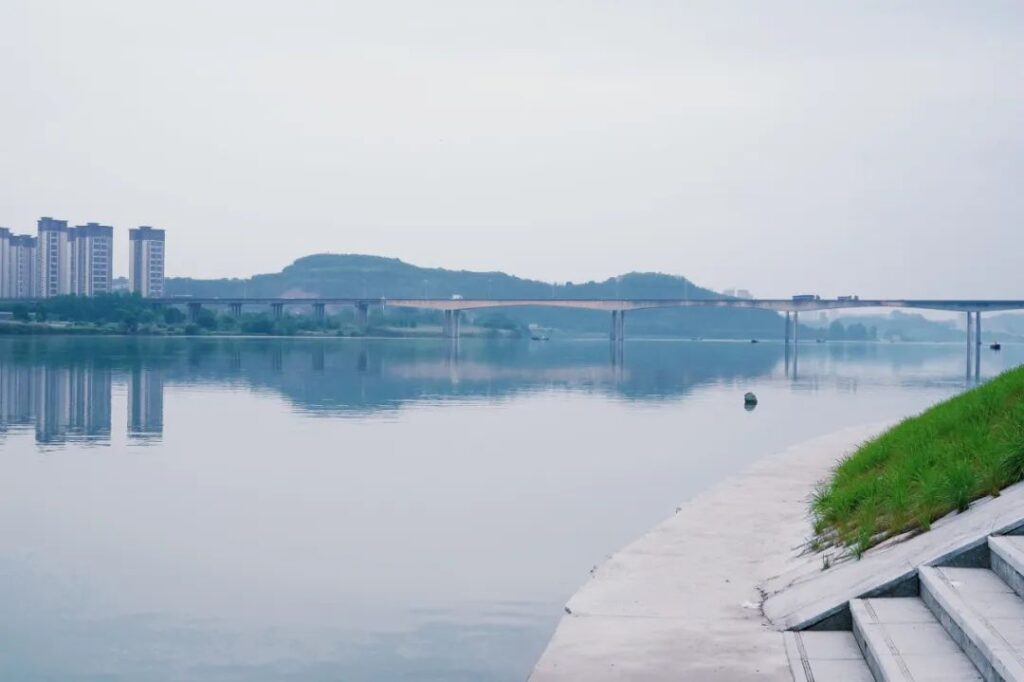
One-Day Tour
Nanchong Museum – Qile Temple on Xishan Mountain – Seeking food at old stores in the city (Wenxing Noodle Restaurant, Chuanbei Xiuying Snacks, Li Cold Noodles, Li Guo Kui) – Nanmenba Ecological Park & Qinghui Pavilion
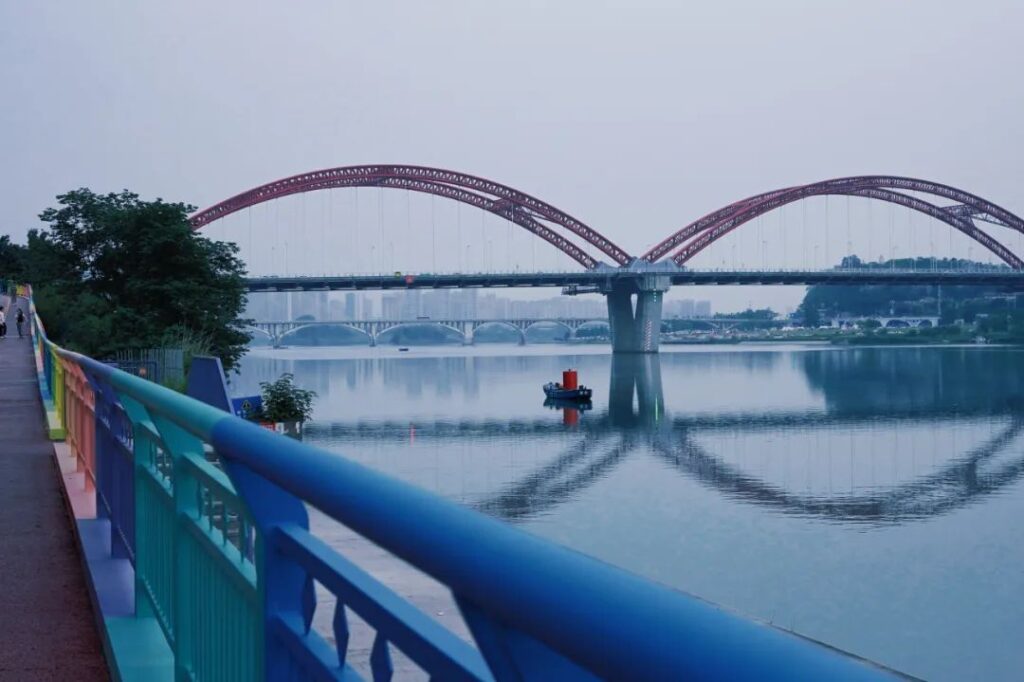
Two-Day Tour
Day 1: Nanchong Museum – Qile Temple on Xishan Mountain – Seek out local delicacies at old restaurants in the city center (Wenxing Noodle Restaurant, Chuanbei Xiuying Snacks, Li Cold Noodles, Li Guo Kui) – Drink tea at North Lake Park – Nanmenba Ecological Park & Qinghui Pavilion – Take a boat tour along the Jialing River from Nanchong Tourist Pier.
Day 2: Heming Mountain & Baita Pagoda – Longfeng Waguanmen Braised Soup (Baita Store) – Jialing River Xiazhongba Colorful Waterfront Wetland Park – Qingquan Temple Park.
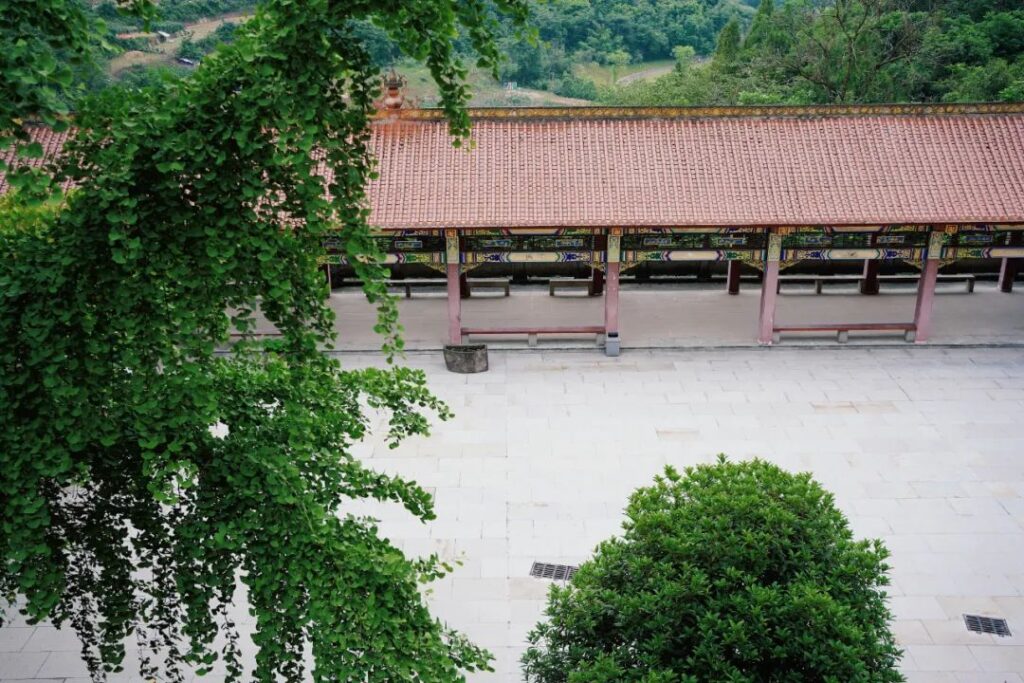

Nanchong, a city brimming with cultural depth and heritage cuisine, awaits your exploration. Share your own discoveries in the comments below!





